In modern bathroom design, frameless bathroom mirror have gradually become the focus of attention for designers and homeowners due to their minimalist appearance and spatial extension effect. With the continuous improvement of people's aesthetic and functional requirements for bathrooms, the selection of mirrors is no longer just about whether they are needed. Still, it involves size, material, form, and coordination with the overall style. According to the National Kitchen&Bath Association (NKBA) 2024 annual report, over 54% of designers in recently completed bathroom renovation projects tend to recommend frameless mirrors in modern or contemporary style bathrooms. So, under what circumstances is a frameless bathroom mirror the ideal choice?
1.Design features of Frameless Mirror
The most prominent feature of frameless mirrors is the removal of traditional borders, and the edges of the mirror surface are polished or beveled to seamlessly connect with the wall. This concise design brings several prominent advantages:
Visual lightness: eliminates heavy borders, making it more suitable for small spaces or minimalist styles.
Spatial amplification: Weakened boundaries can create a more expansive visual effect.
Versatile properties: More flexible in matching with materials such as tiles, stone, and wooden countertops.
Process upgrade: Some frameless mirrors also support backlight, intelligent touch, anti-fog and other functions, enhancing practicality.
2.When should I choose a Frameless Bath Mirror?
2.1 When bathroom space is limited
In small bathrooms, framed mirrors may appear oppressive, while frameless mirrors can visually expand the space.
Houzz 2024 data show that 62% of bathroom projects under 50 square feet have installed frameless mirrors to enhance spatial awareness and lighting effects.
Especially when combined with LED backlight, frameless mirrors can make narrow spaces appear brighter.
2.2 When the overall style leans towards modernity or minimalism
The frameless mirror is highly compatible with modern bathroom style:
Linear tile or marble background: Frameless mirrors can reduce visual interference and highlight wall materials.
Minimalist design: Avoid decorative borders and highlight clean lines.
Industrial or contemporary style: often paired with metal lighting fixtures or simple pendants, frameless mirrors become the finishing touch.
2.3 When emphasising the extension of light and space
Frameless mirrors can better reflect light and optimise bathroom lighting.
According to lighting research by the Illuminating Engineering Society (IES), installing frameless mirrors in bathrooms smaller than 70 square feet can increase overall illumination by 15-20%.
Especially suitable for bathrooms with insufficient lighting or spaces that require artificial light sources to supplement.
2.4 When you want to highlight the countertop and wall materials
Frame mirrors often capture the visual focus, while frameless mirrors can draw people's attention to the material of the washbasin countertop or wall finish. For example:
A white quartz countertop paired with a frameless mirror highlights cleanliness.
The combination of dark wooden cabinets and frameless mirrors creates a contrast between warmth and coldness.
2.5 When emphasising installation flexibility
Frameless mirrors are usually lighter and easier to install flexibly according to wall conditions compared to framed mirrors.
Can be directly pasted on the surface of tiles or stone
Support the hidden backlight installation to enhance the sense of technology
Suitable for partial renovation, no need for large-scale replacement of cabinets
3.Not suitable for using a Frameless Mirror
Although frameless mirrors have obvious advantages, they are not suitable for all scenarios:
Traditional or retro style bathroom: Frame decoration is the core of the style, frameless mirrors may appear abrupt
When stronger structural support is needed: framed mirrors are more suitable for embedded installation and have better stability.
Bathroom with high storage requirements: If mirror cabinet storage is needed, frameless mirrors are obviously irreplaceable

4.Industry Trends and Market Data
According to the NKBA 2024 bathroom trend survey:
54% of designers recommend frameless mirrors in modern bathroom design
In new residential projects, frameless mirrors account for 47% of mirror installations, gradually approaching the usage rate of framed mirrors.
Houzz's 2025 report shows that backlit frameless mirrors have become the most popular design upgrade, with installation increasing by 38% compared to 2022.
Meanwhile, environmental protection and intelligence are also driving trends:
Low-VOC bonding processes and environmentally friendly glass materials are widely adopted.
Intelligent control, touch switches, and anti-fog functions are gradually becoming popular, especially in frameless mirrors, where they are more favoured.
5.Application Case Scenarios
5.1 Small apartments
Install 24-30 inch frameless mirrors, paired with white tiles and suspended washbasins to enhance spatial extension.
5.2 High-end residential master bathroom
Use a 48-60 inch ultra wide frameless backlight mirror, paired with a stone background wall, to highlight the luxurious texture.
5.3 Commercial and hotel spaces
Frameless mirrors are widely used in hotel rooms and public restrooms due to their easy cleaning and visual consistency.
6.Professional advice
Size selection: The width of the mirror should be in a 70-80% ratio to the washbasin, and the height should cover at least the main line of sight (28-36 inches is a common choice)
Installation position: The lower edge of the mirror is about 5-8 inches away from the countertop, which is convenient to use and can avoid water stains from eroding
Lighting combination: It is recommended to combine it with mirror headlights or backlighting to achieve an illumination of 500-1000 Lux, which meets daily care needs
Safety: Preferred tempered glass or explosion-proof film technology to improve durability and protection
7.Conclusion
Frameless bathroom mirrors have evolved from a design choice to a significant trend in modern bathroom decoration. In the following scenarios, it is an ideal choice:
Space is limited, and visual extension needs to be enhanced.
Modern/minimalist style, emphasizing lines and materials
Insufficient lighting, requiring the use of mirror reflection to enhance brightness
The design focus is on the wall or countertop, and it is necessary to reduce visual interference.
However, in retro or traditional style spaces, or when there is a higher demand for storage, having framed mirrors or mirror cabinets still has an advantage.
In the future, with the continuous maturity of backlight technology, intelligent functions, and environmentally friendly materials, frameless mirrors will not only be synonymous with "minimalist design". Still, they will also become a core component of the overall bathroom experience upgrade.

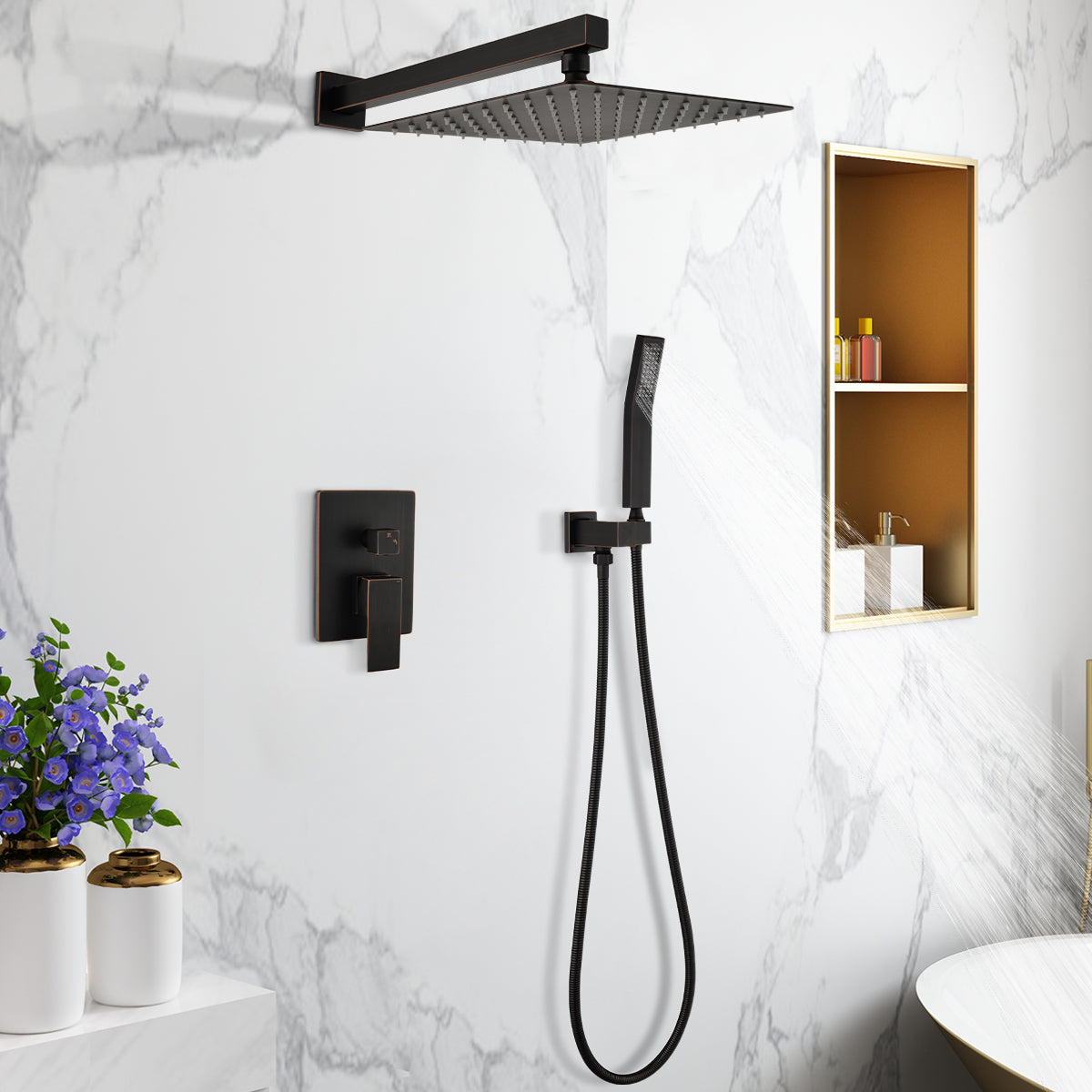
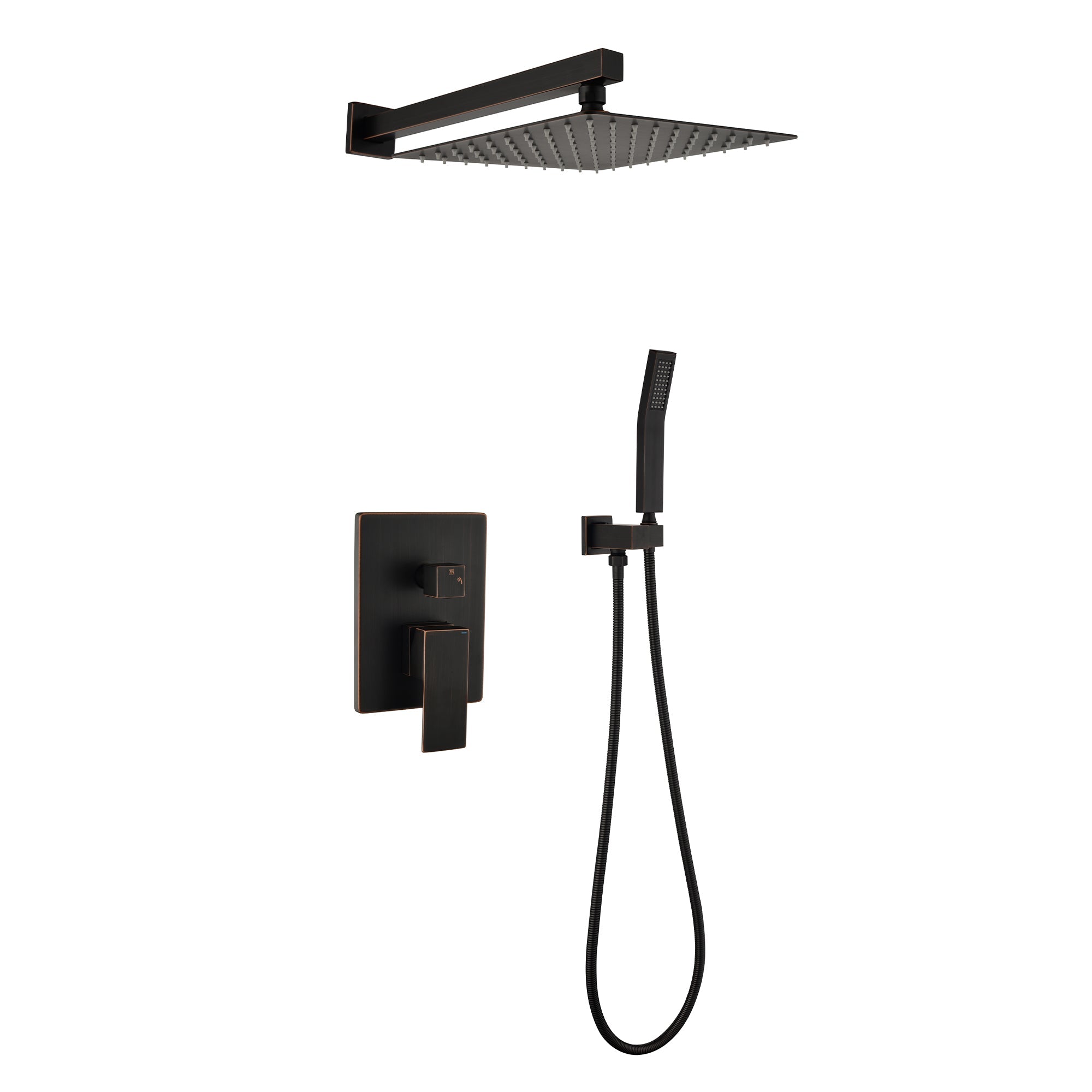


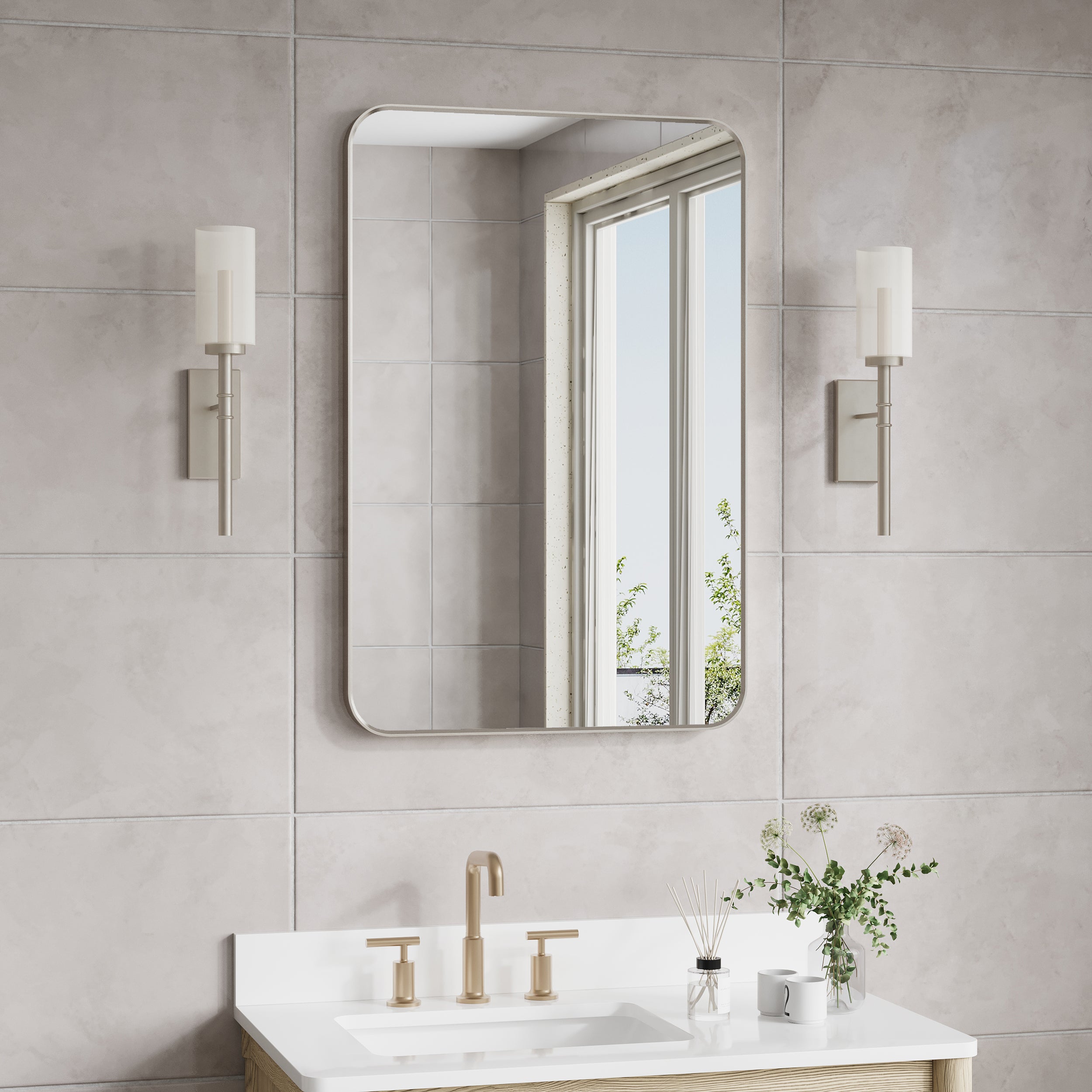
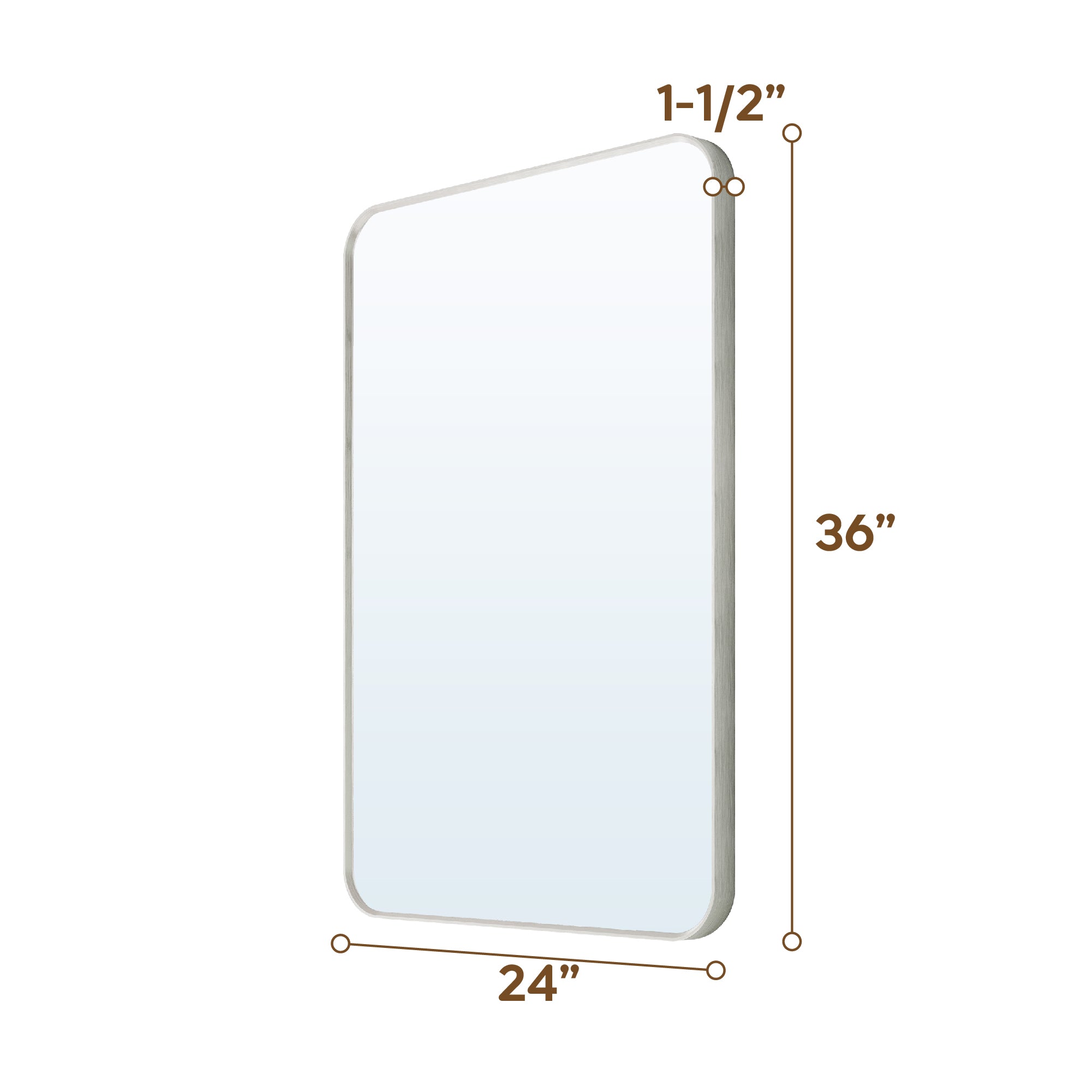

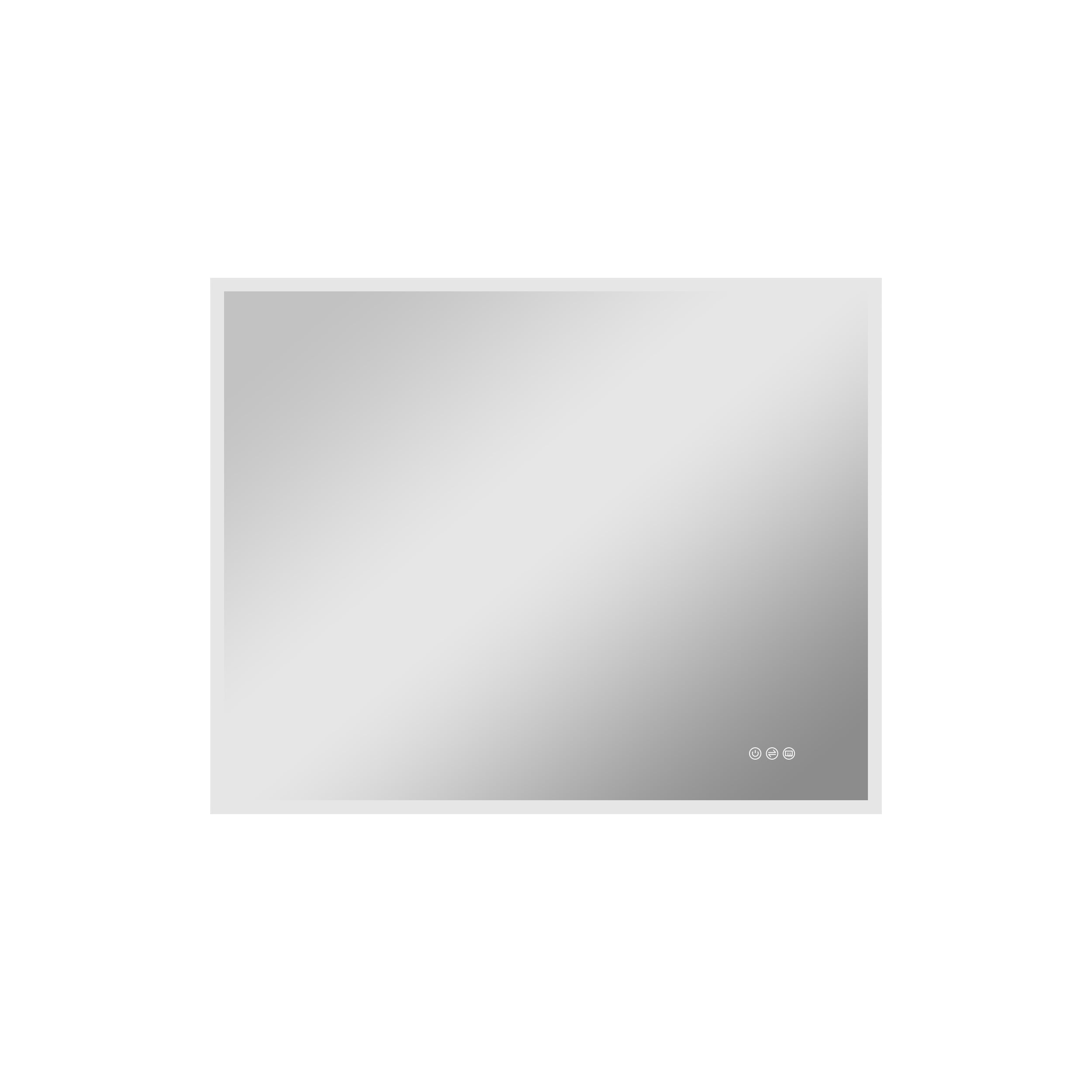
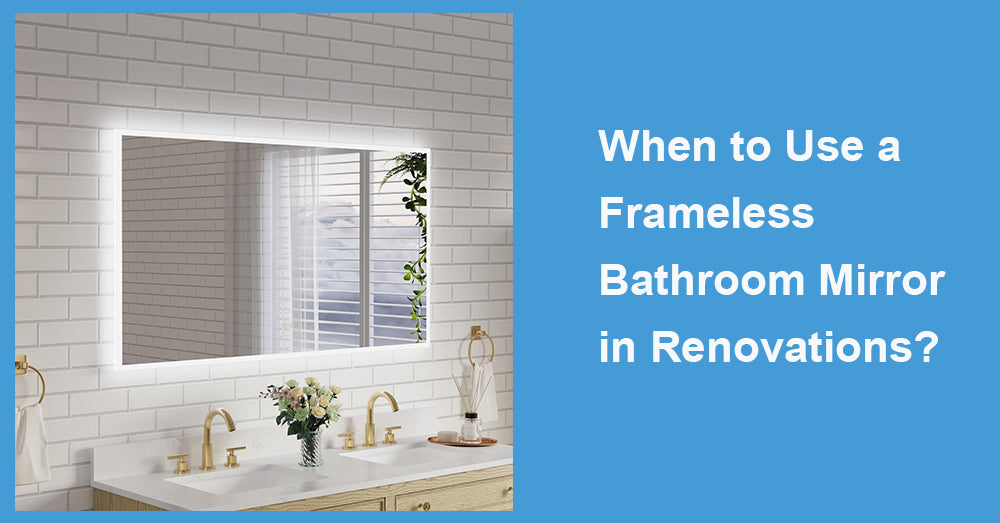
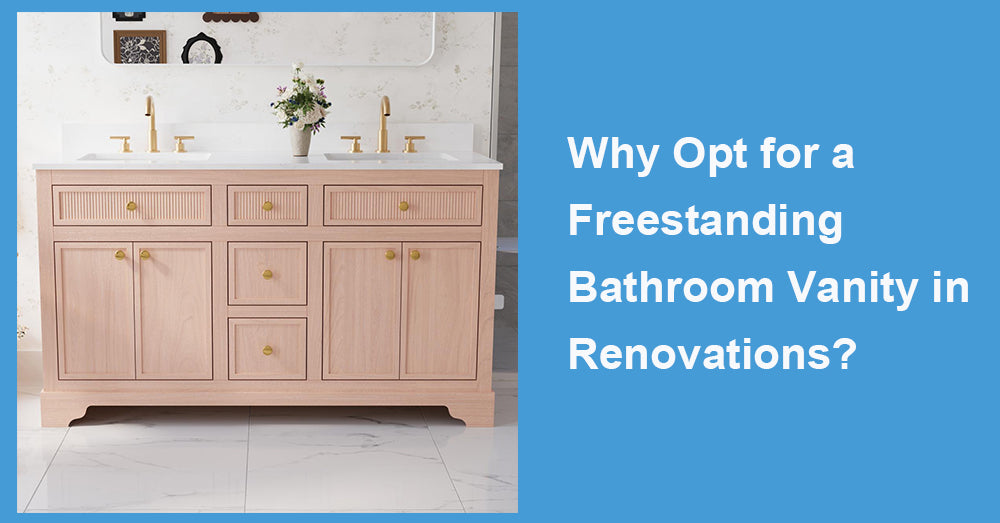
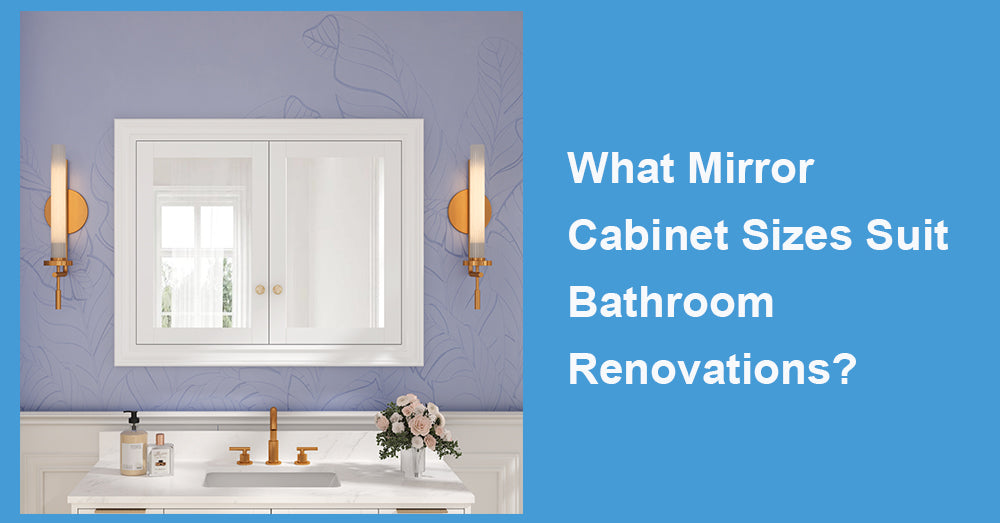
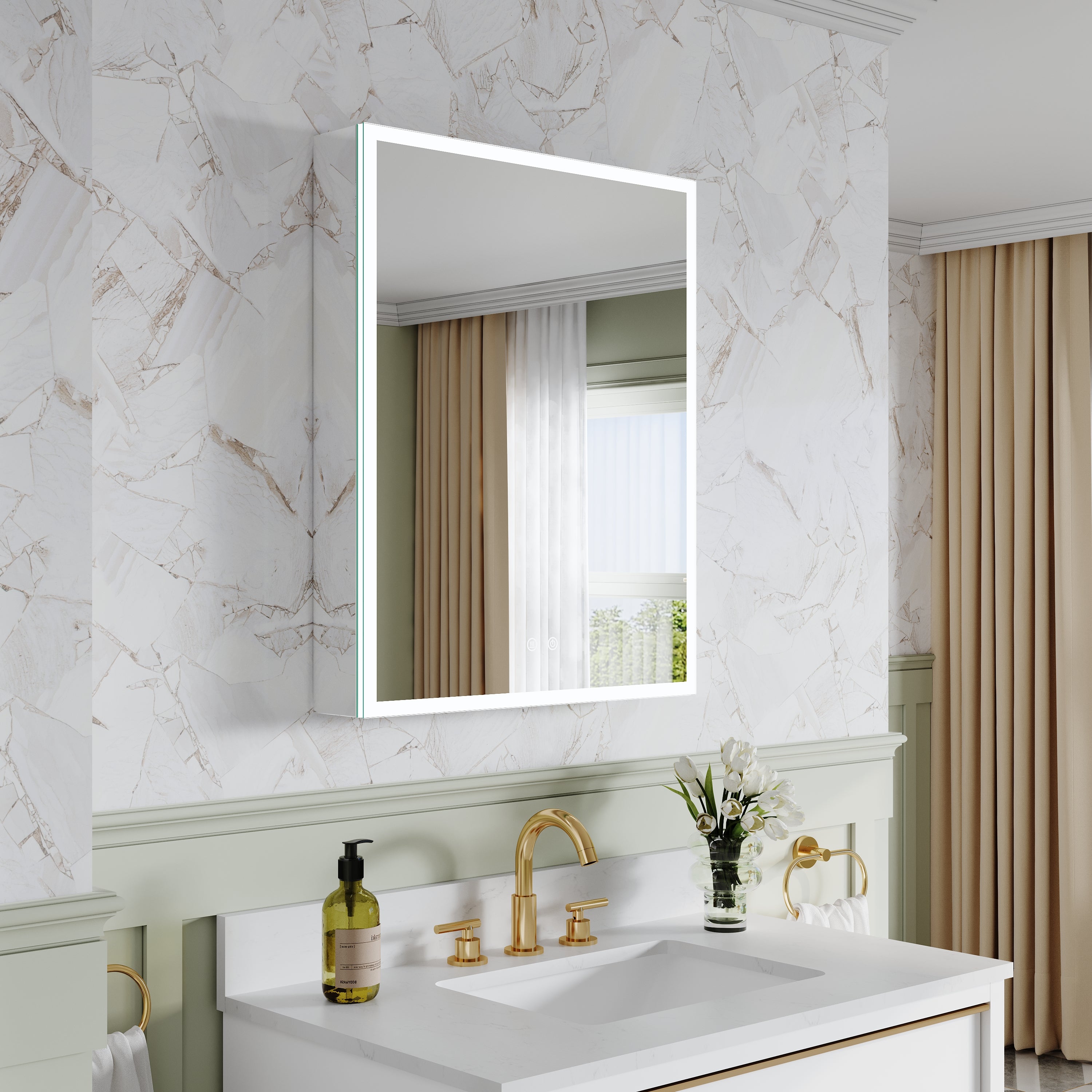
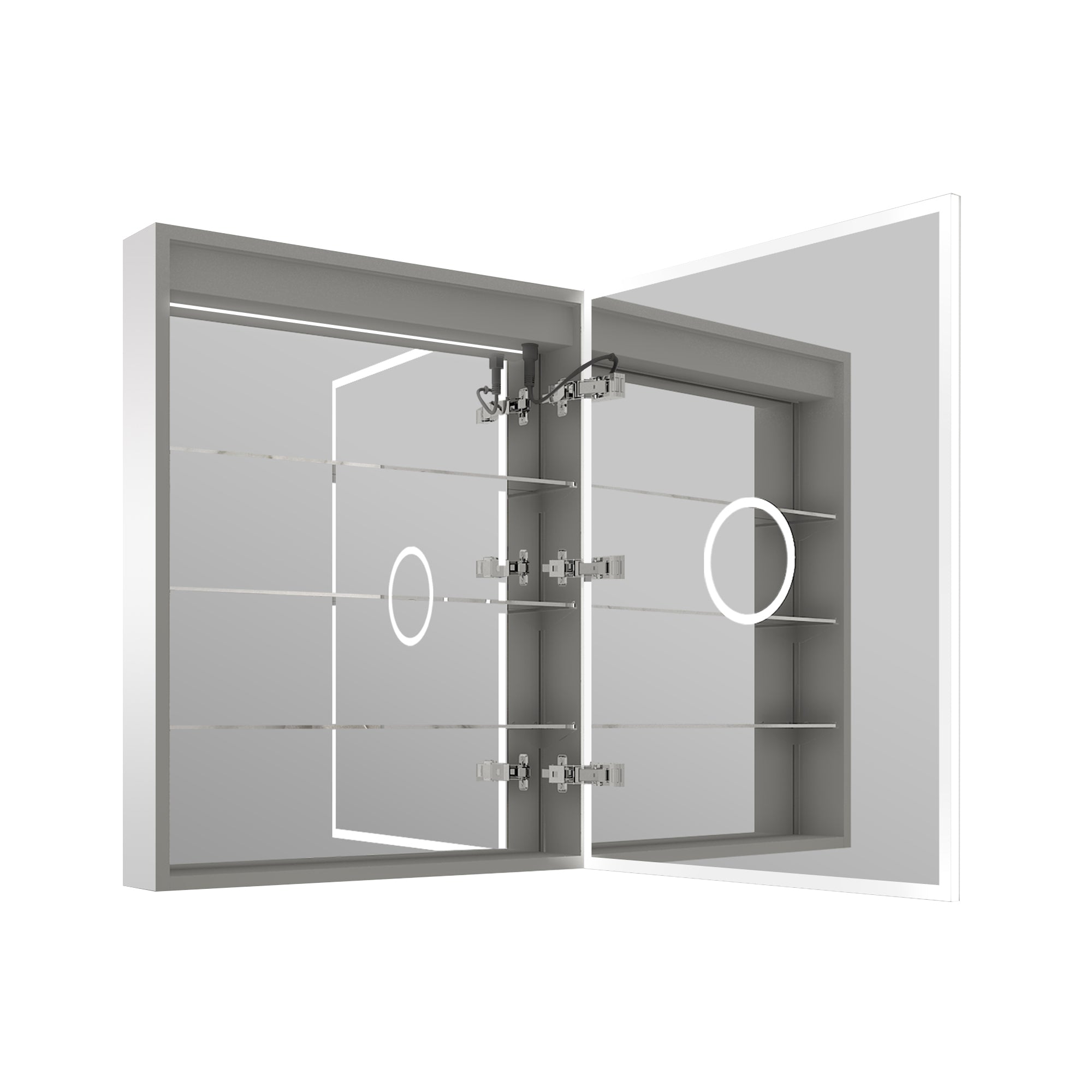
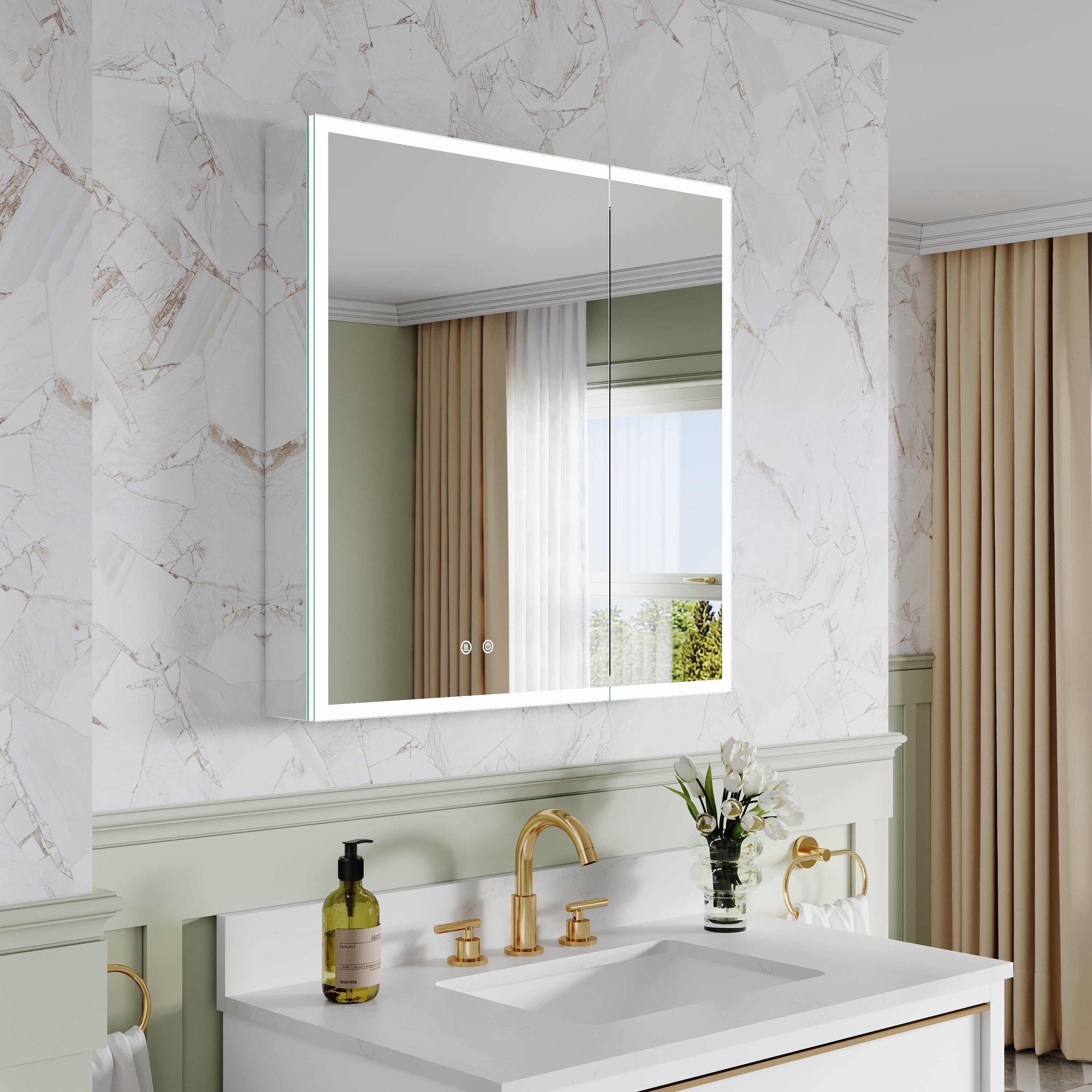
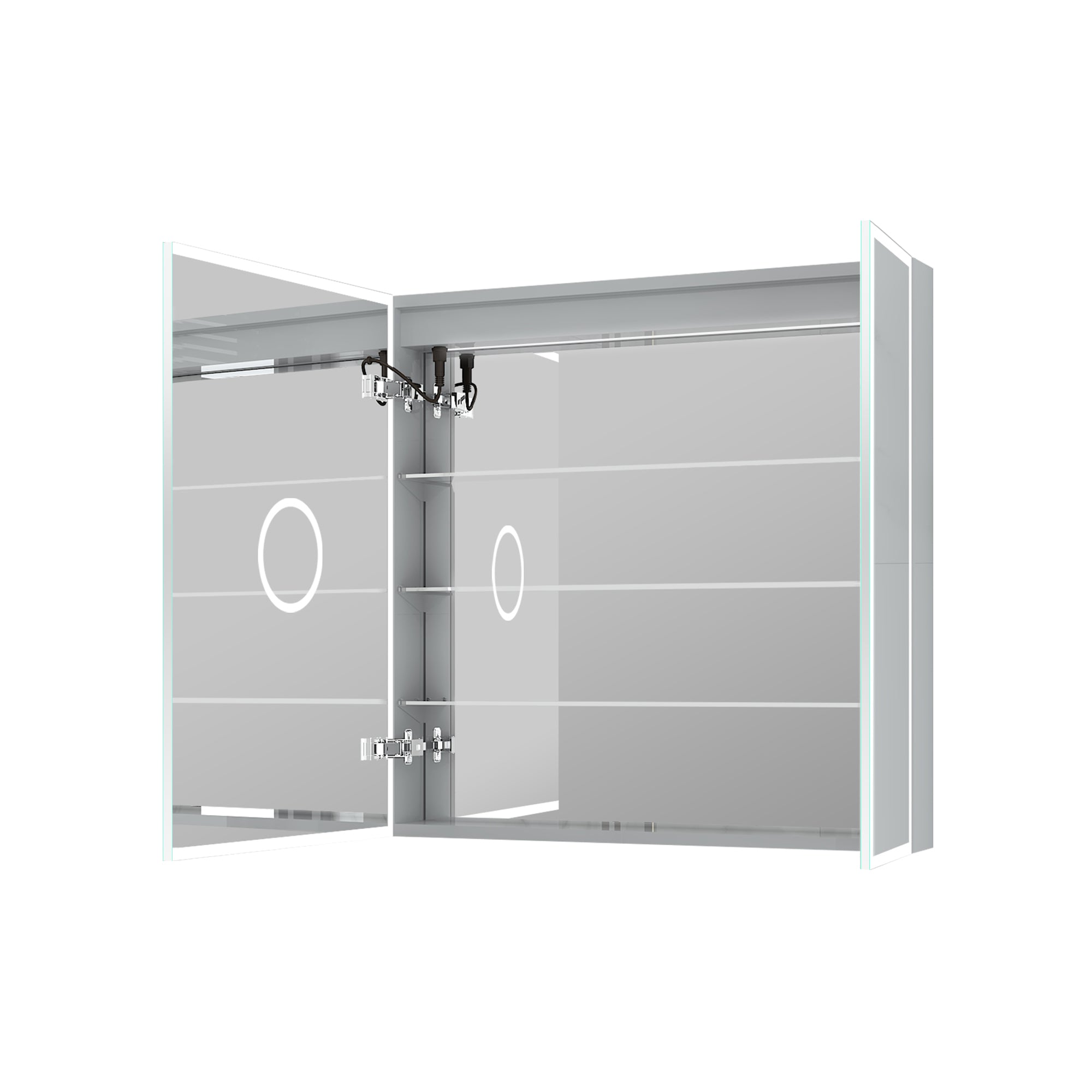
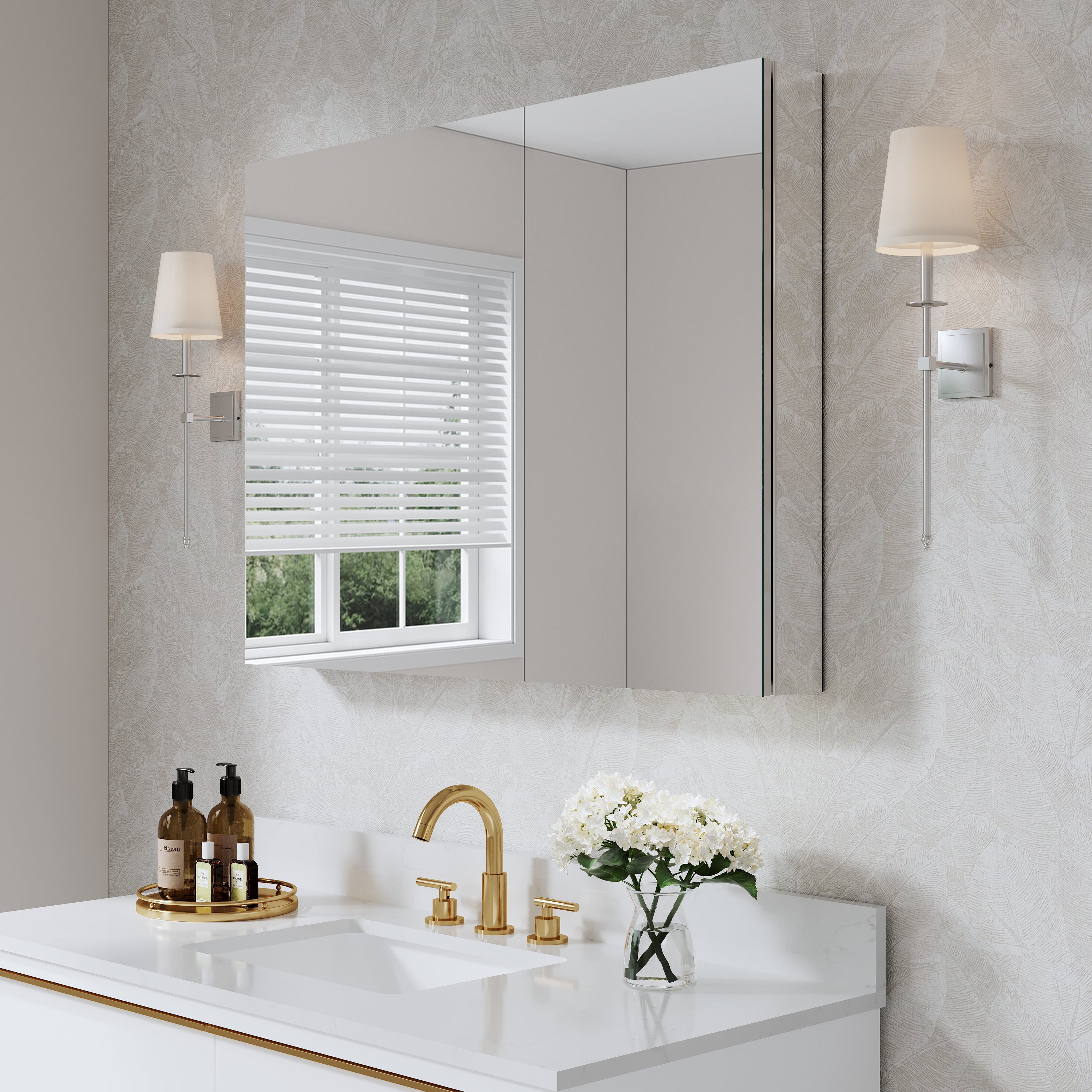

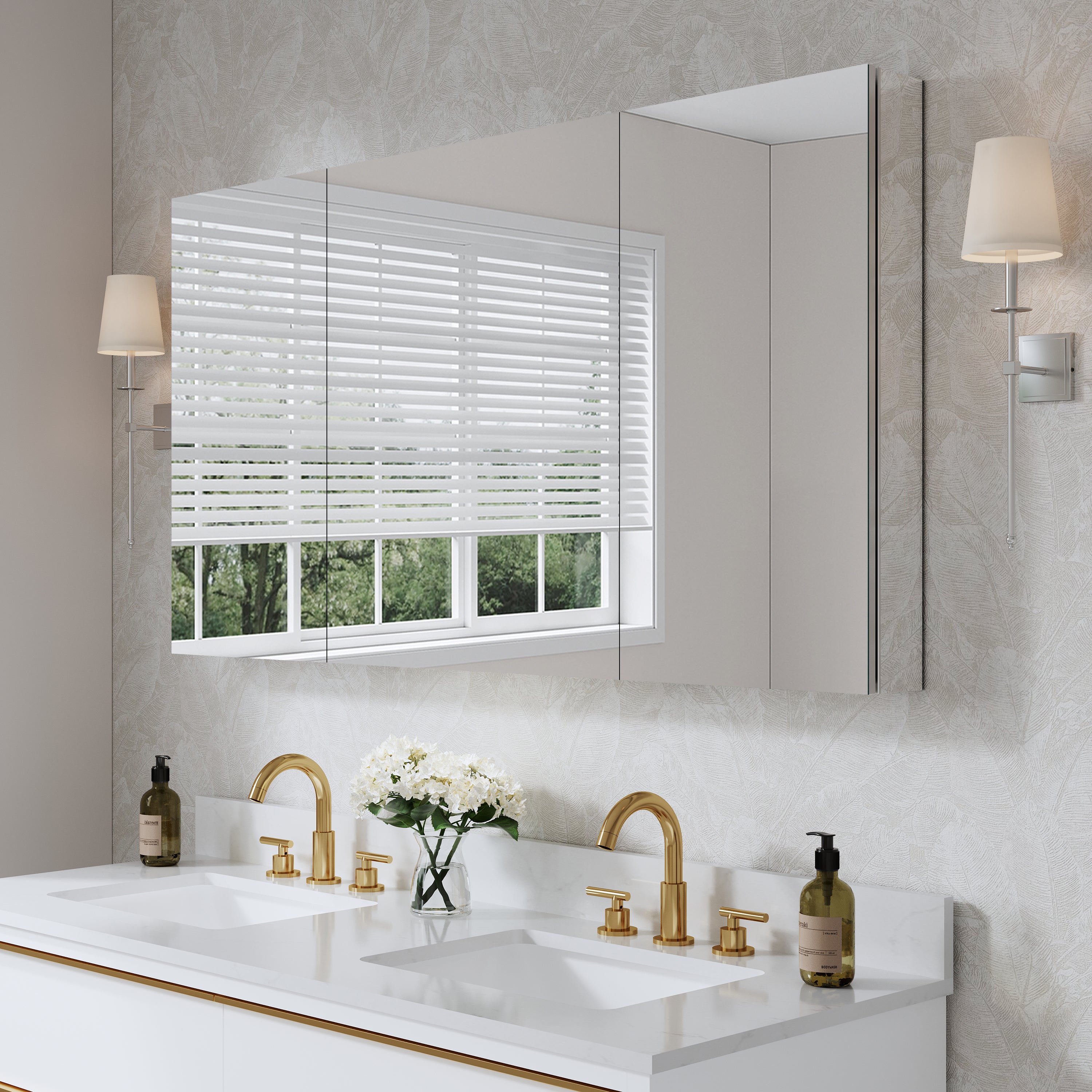

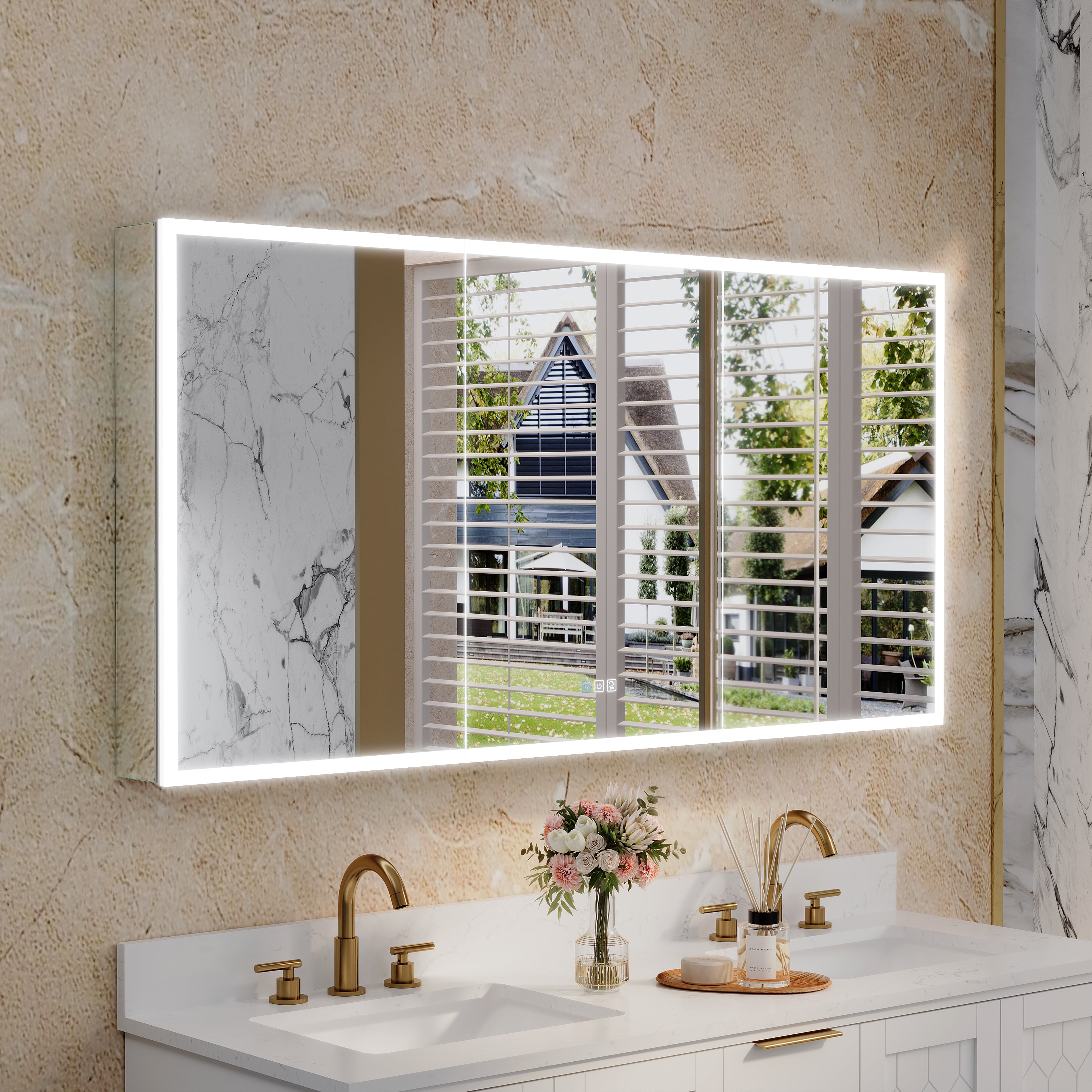

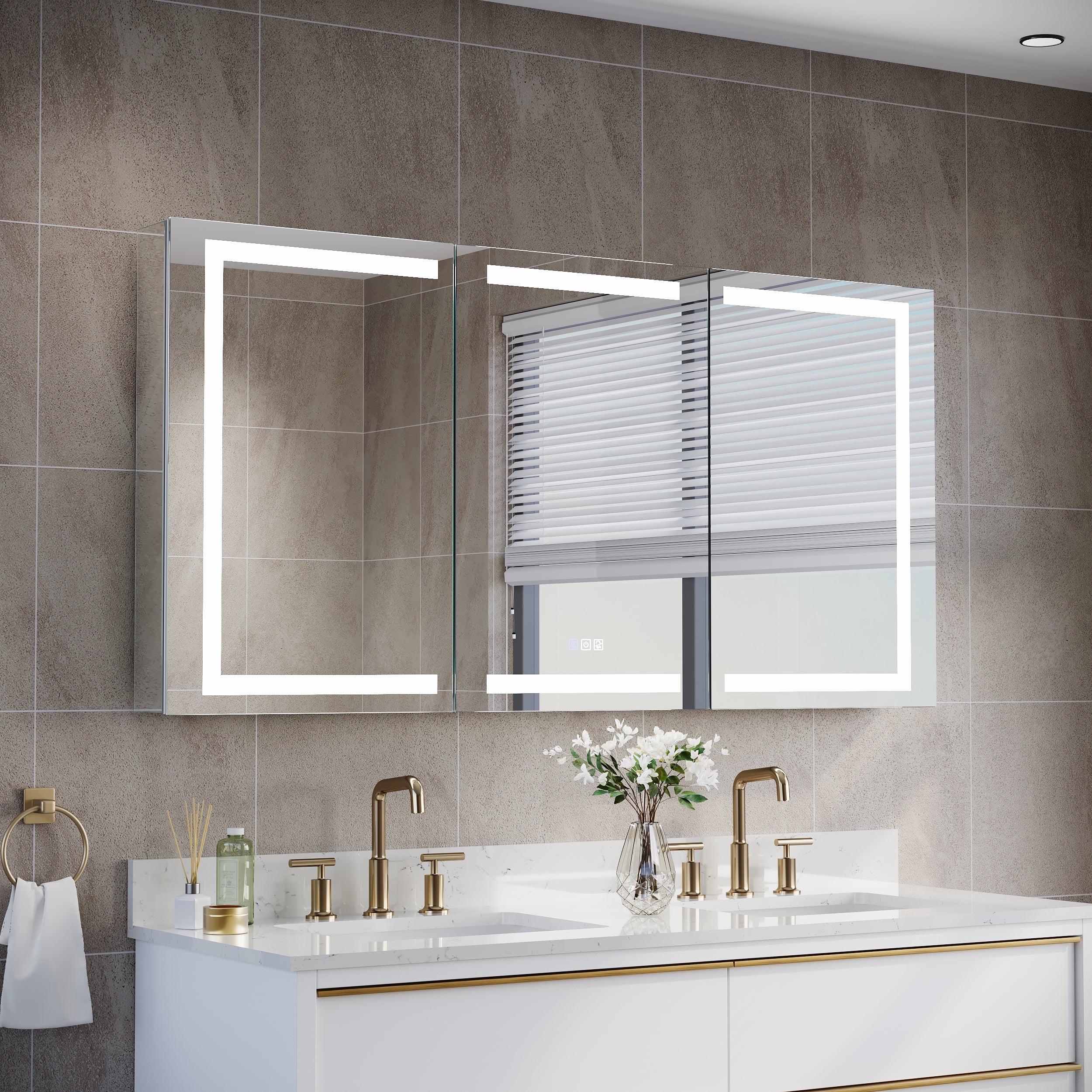


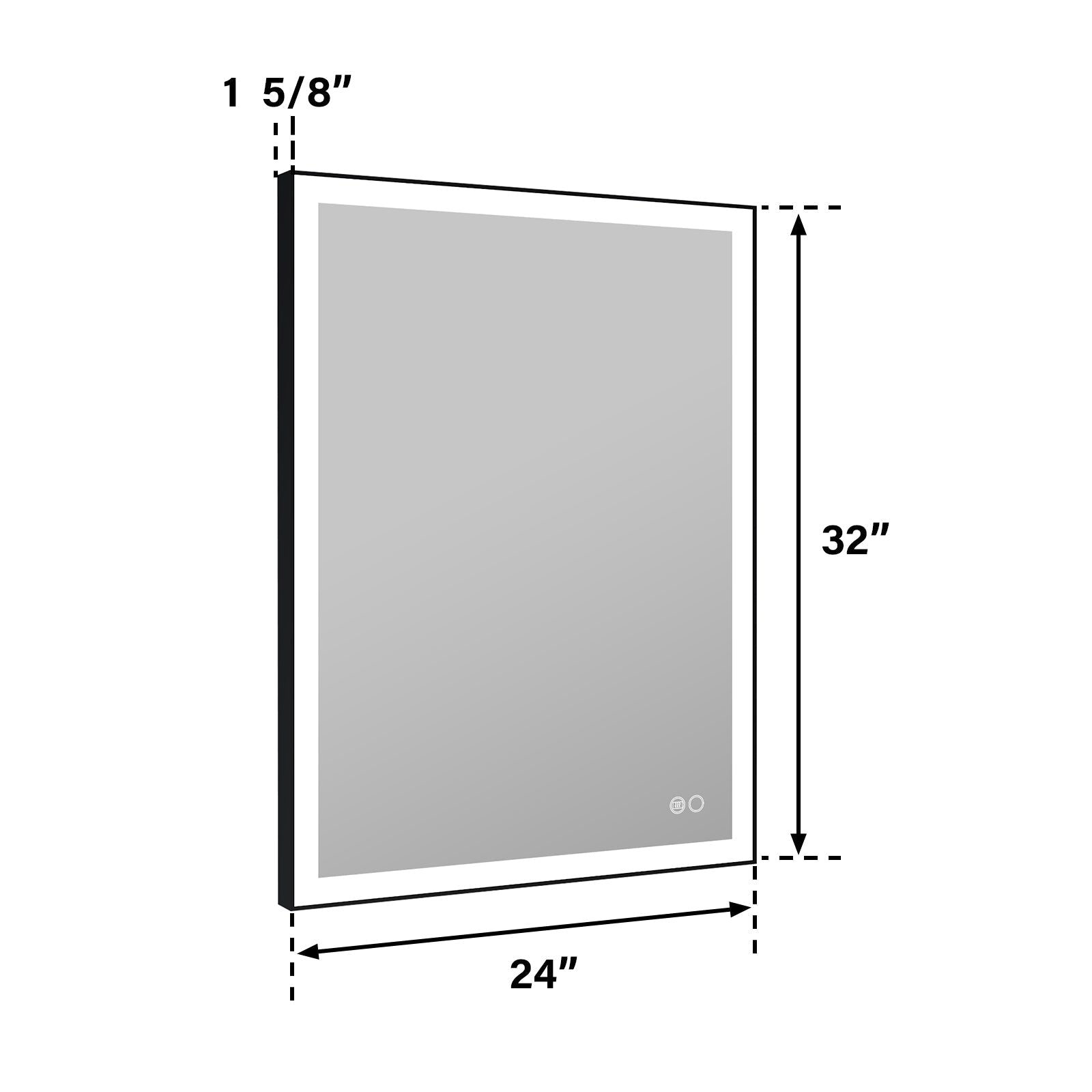
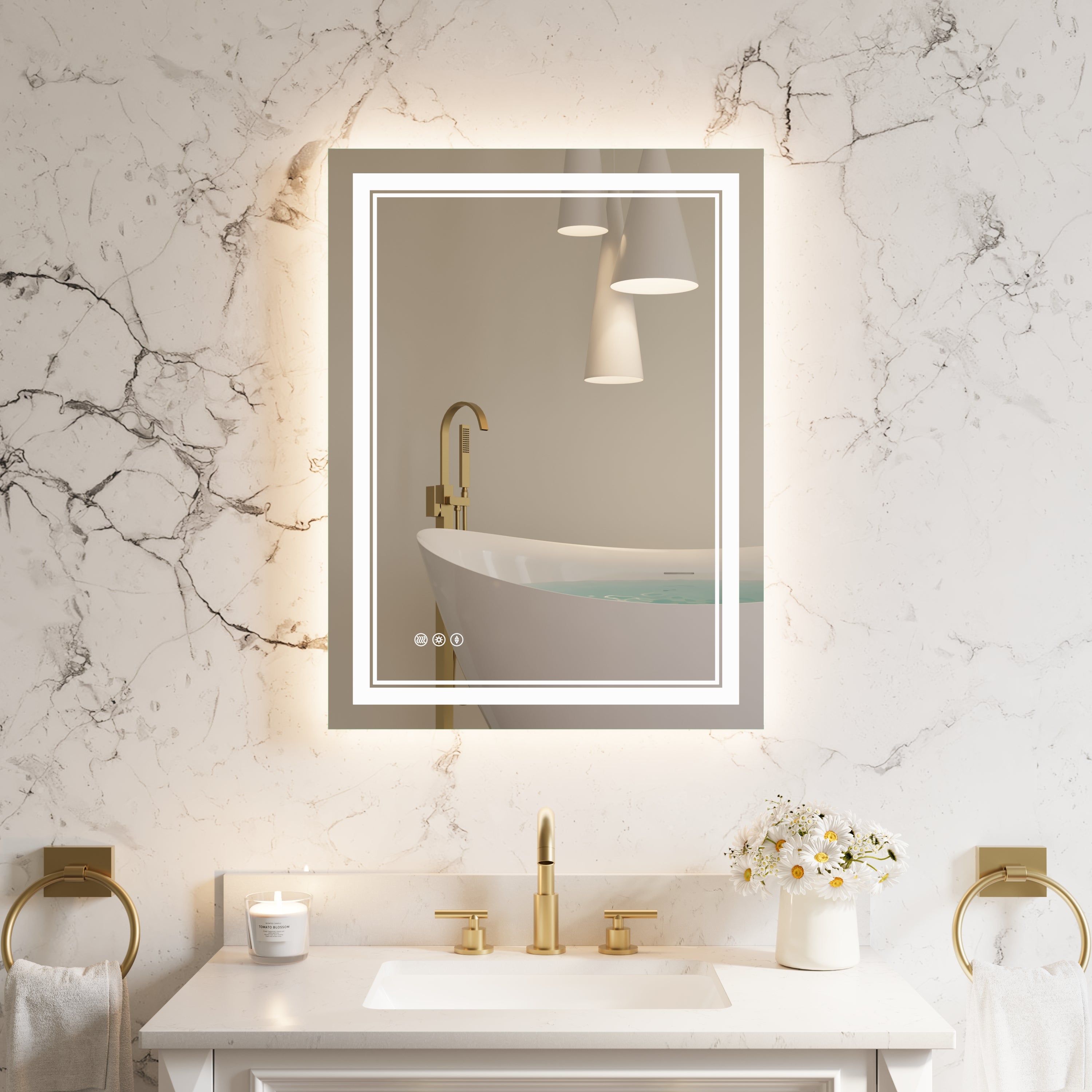
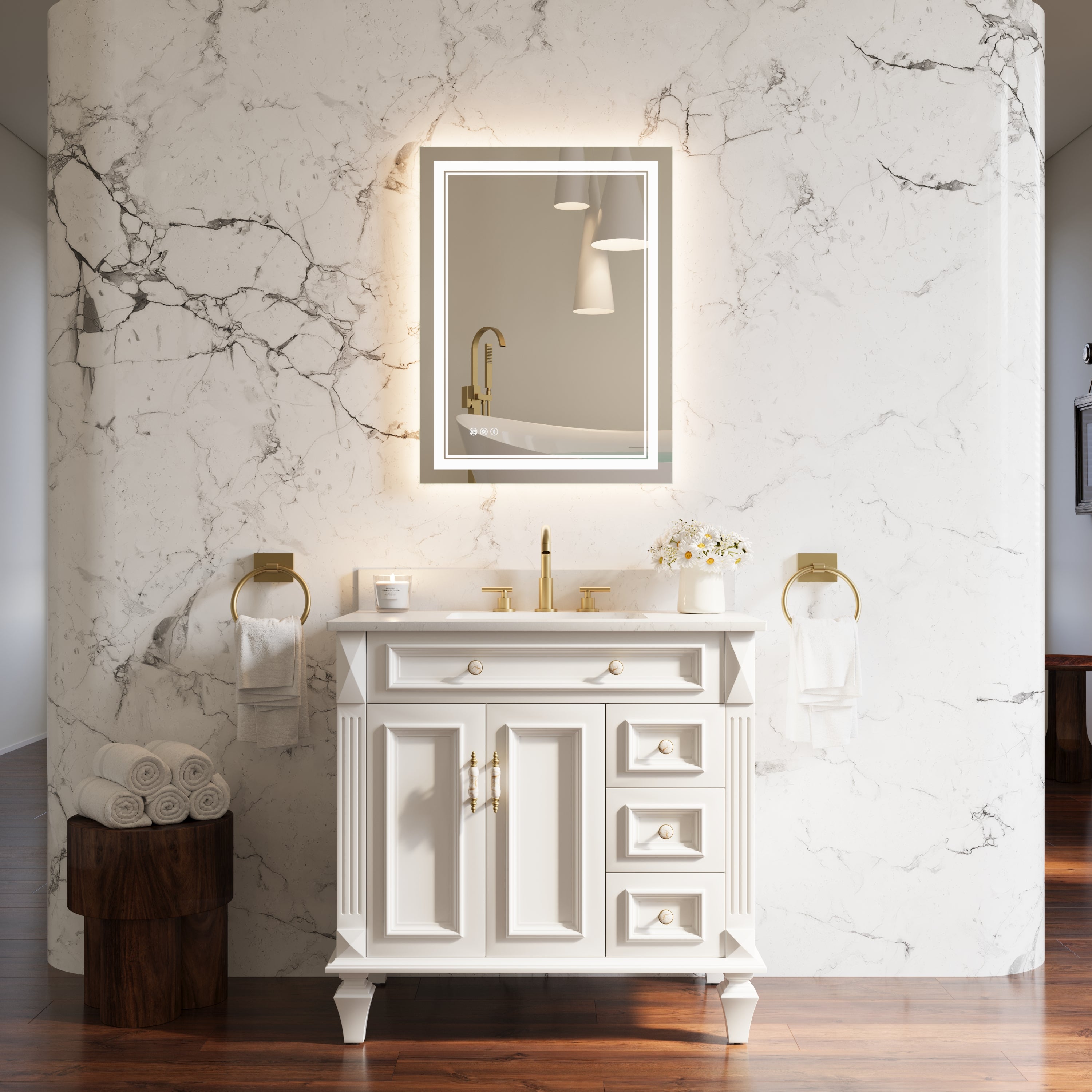
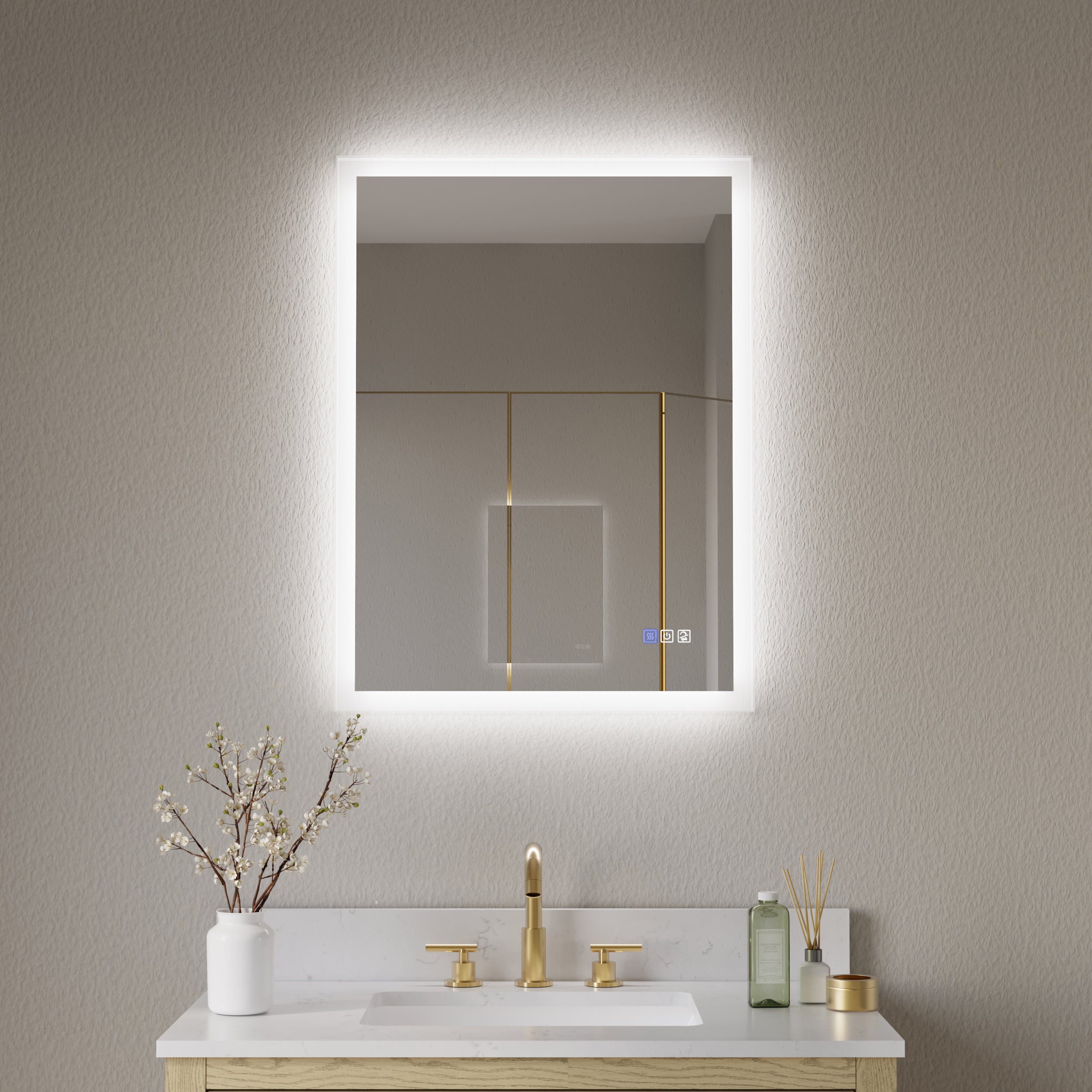

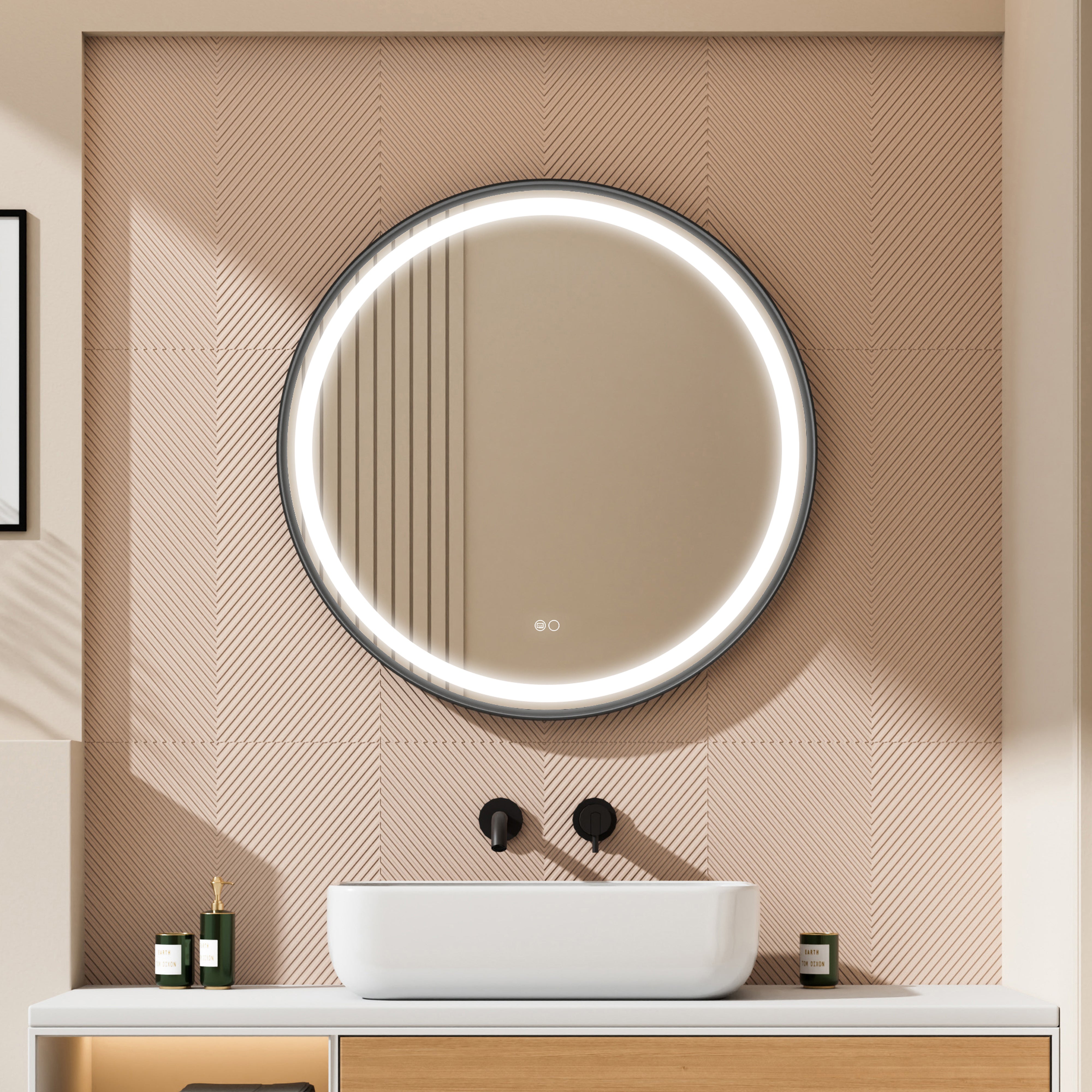
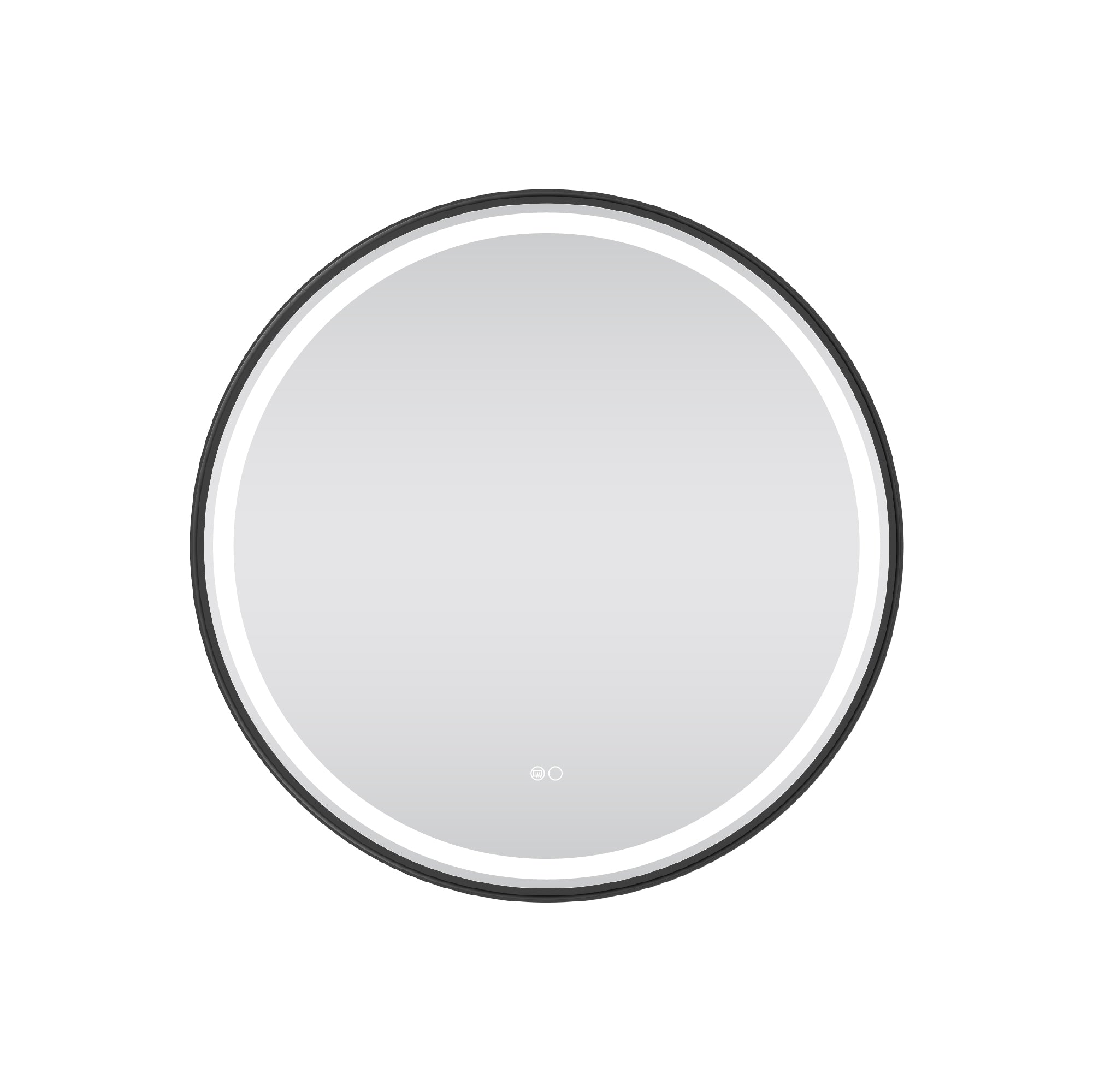


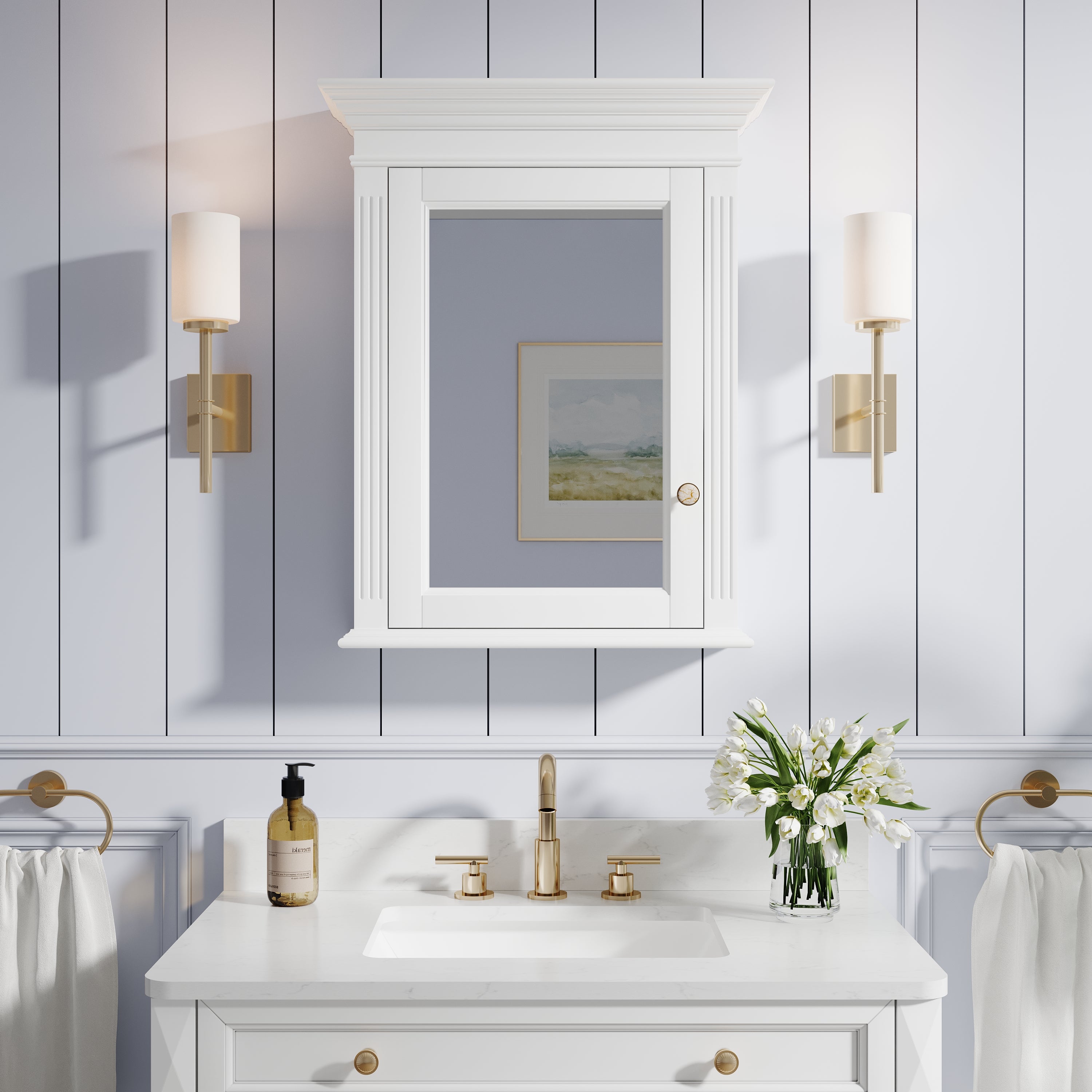
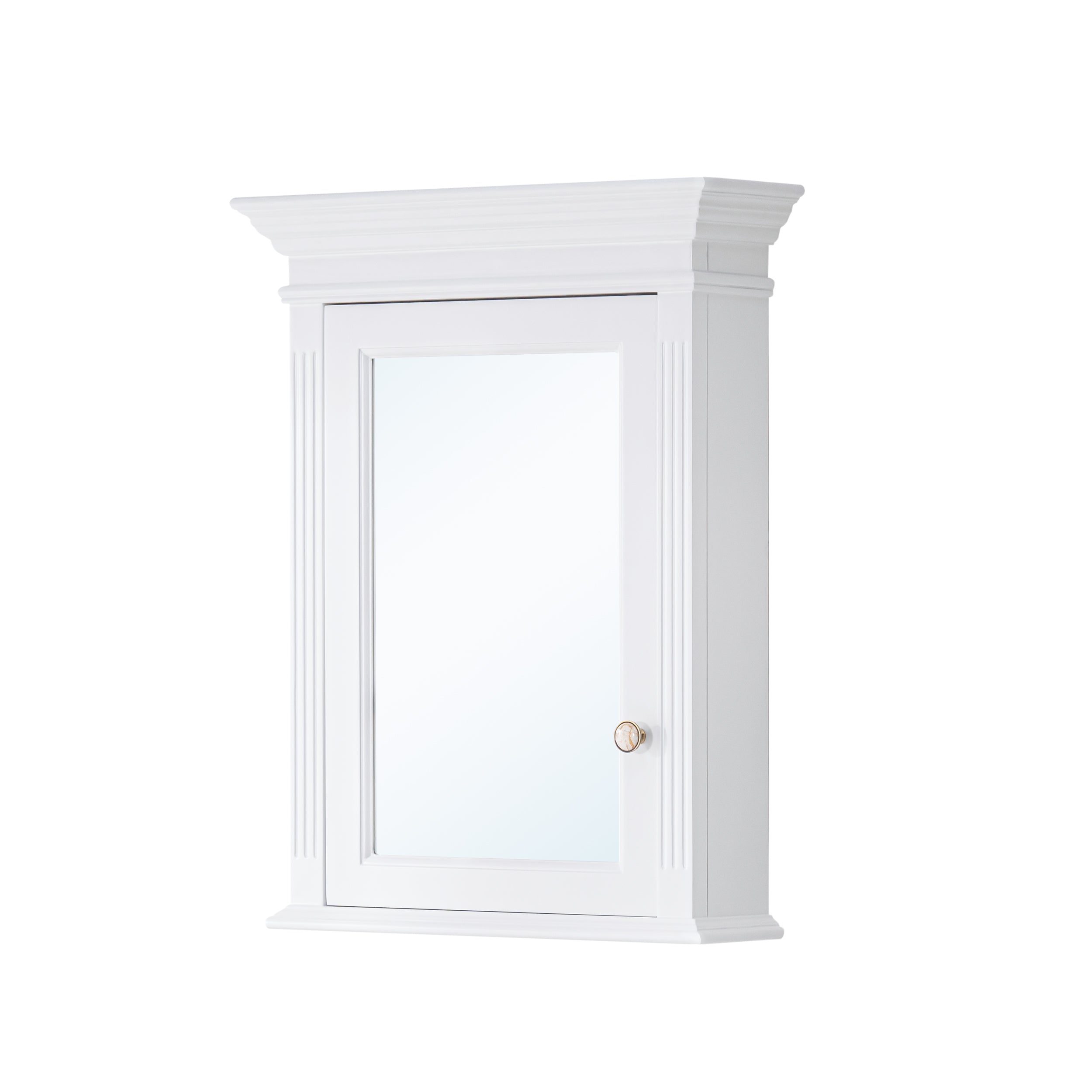
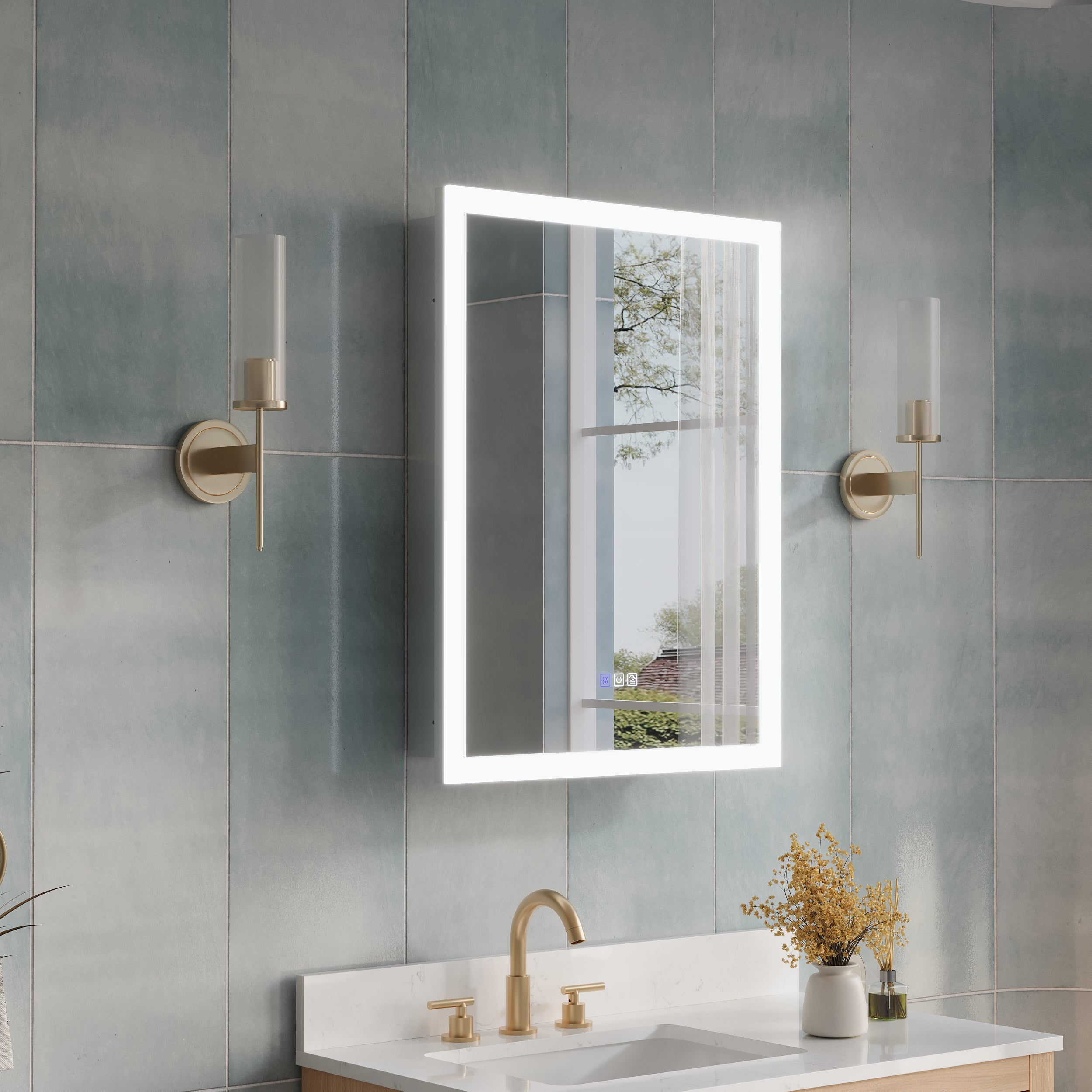
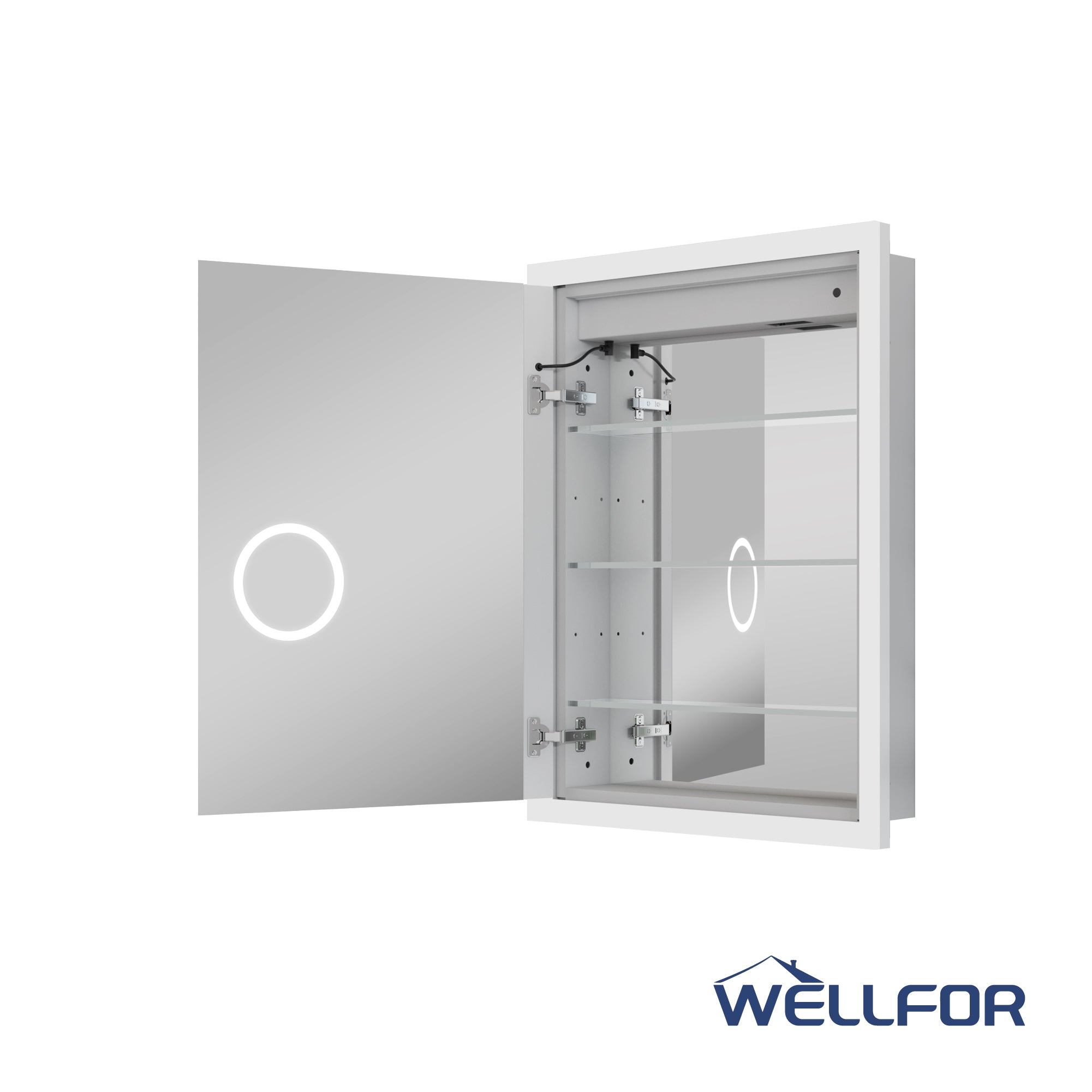
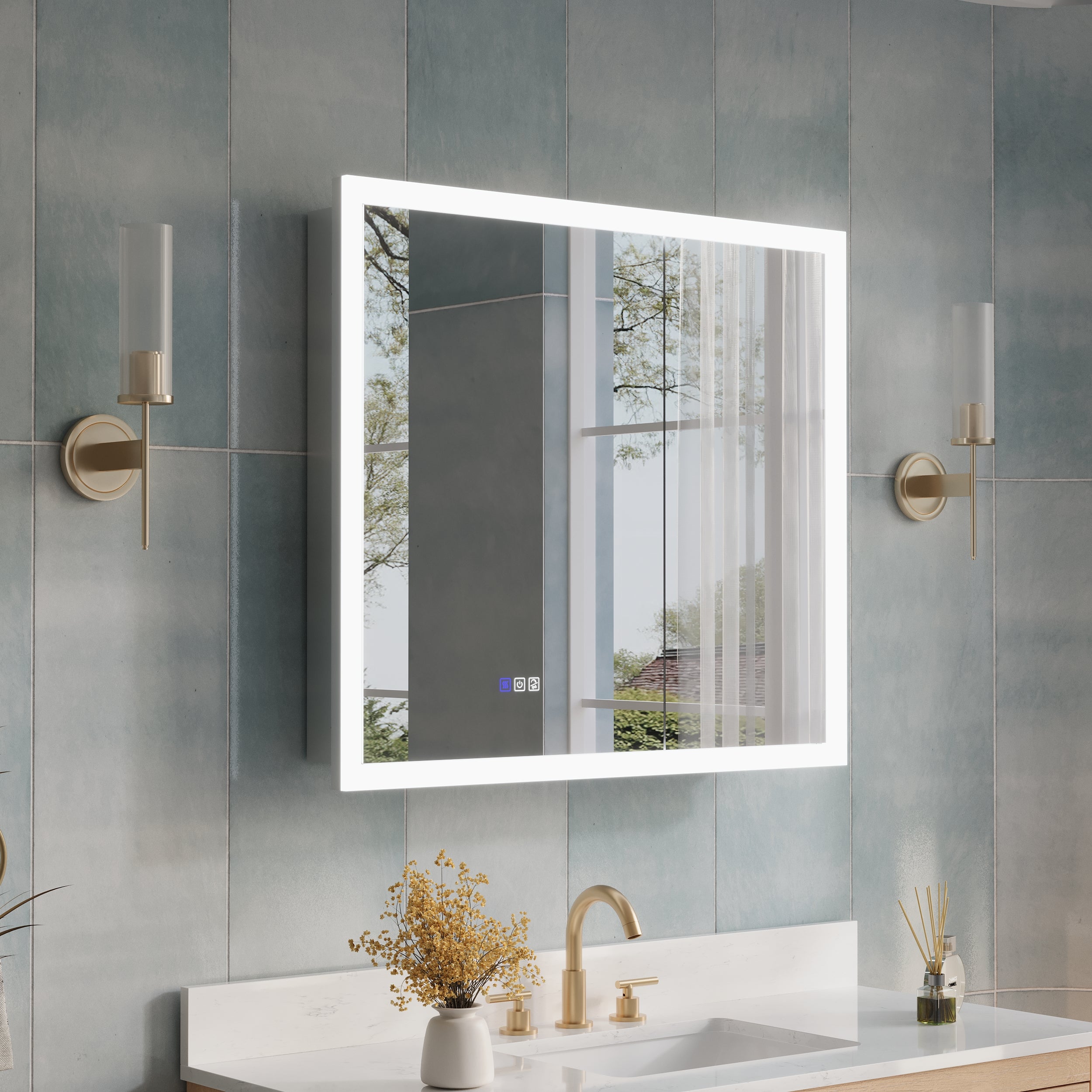




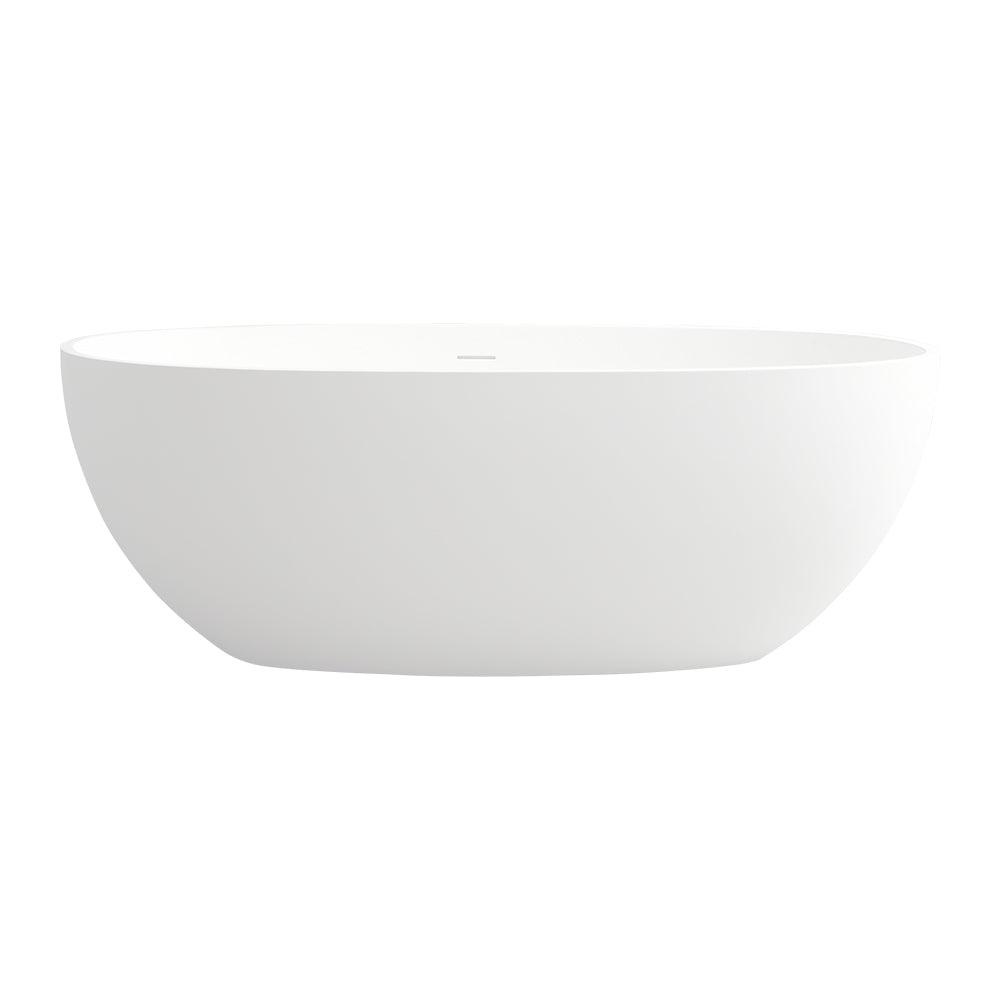
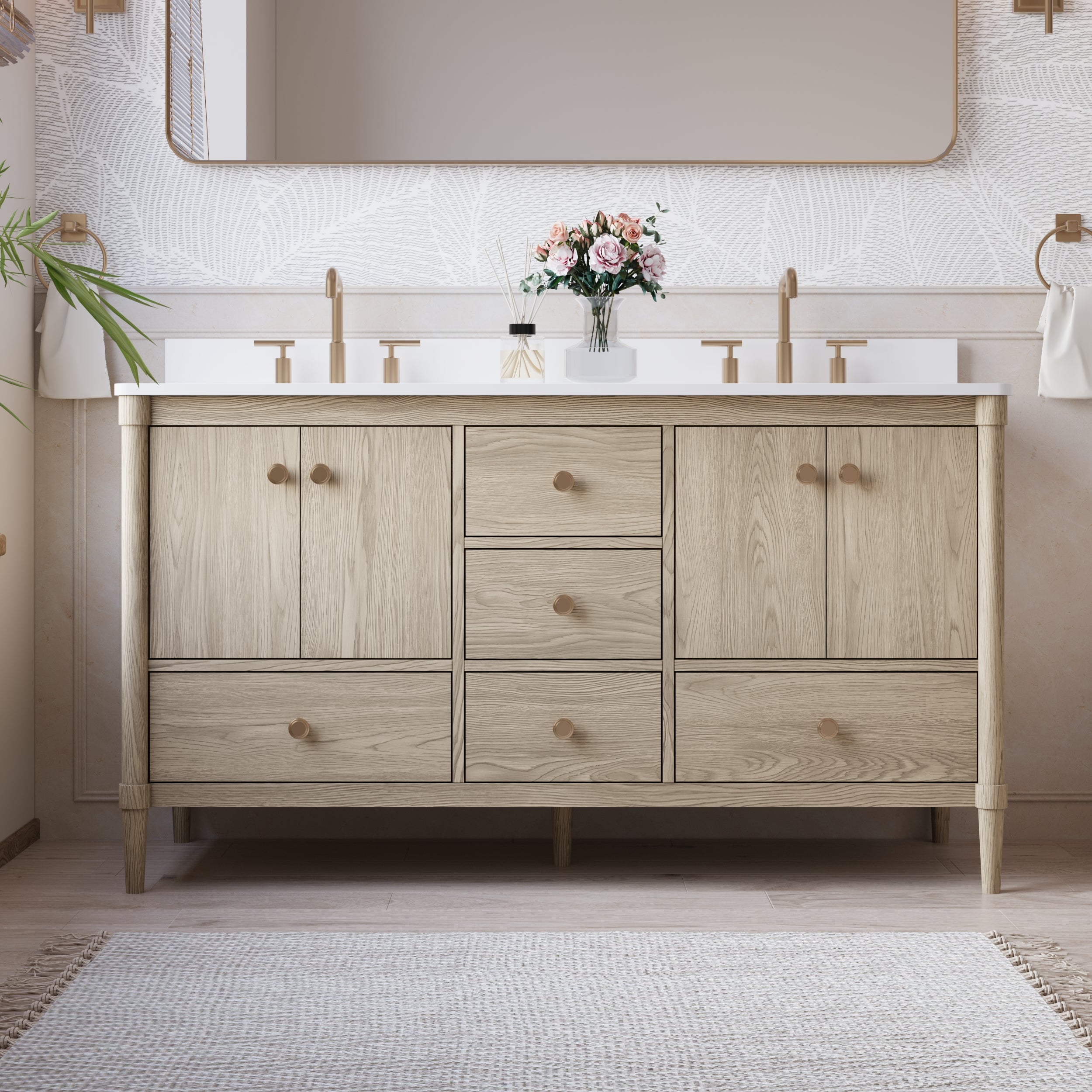
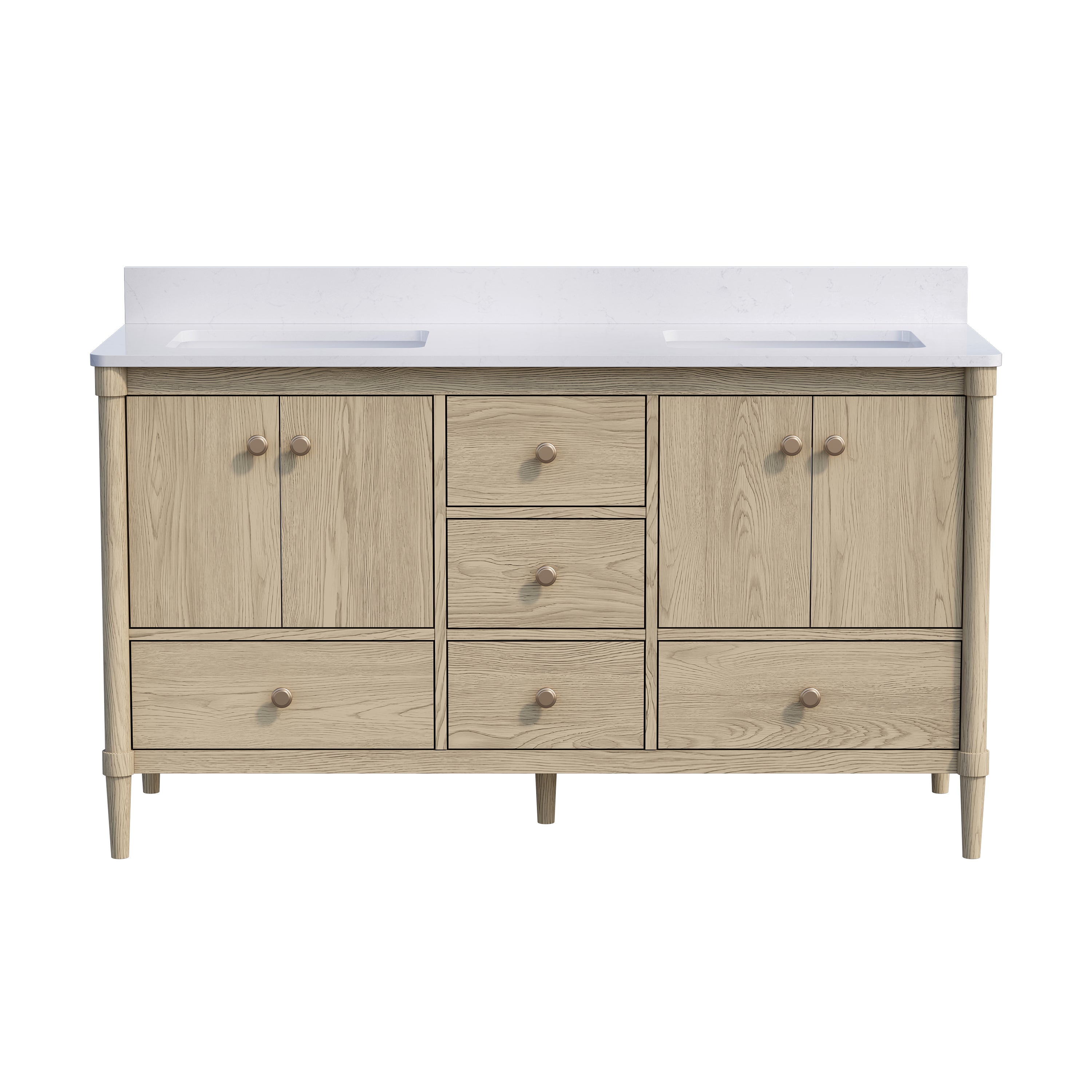
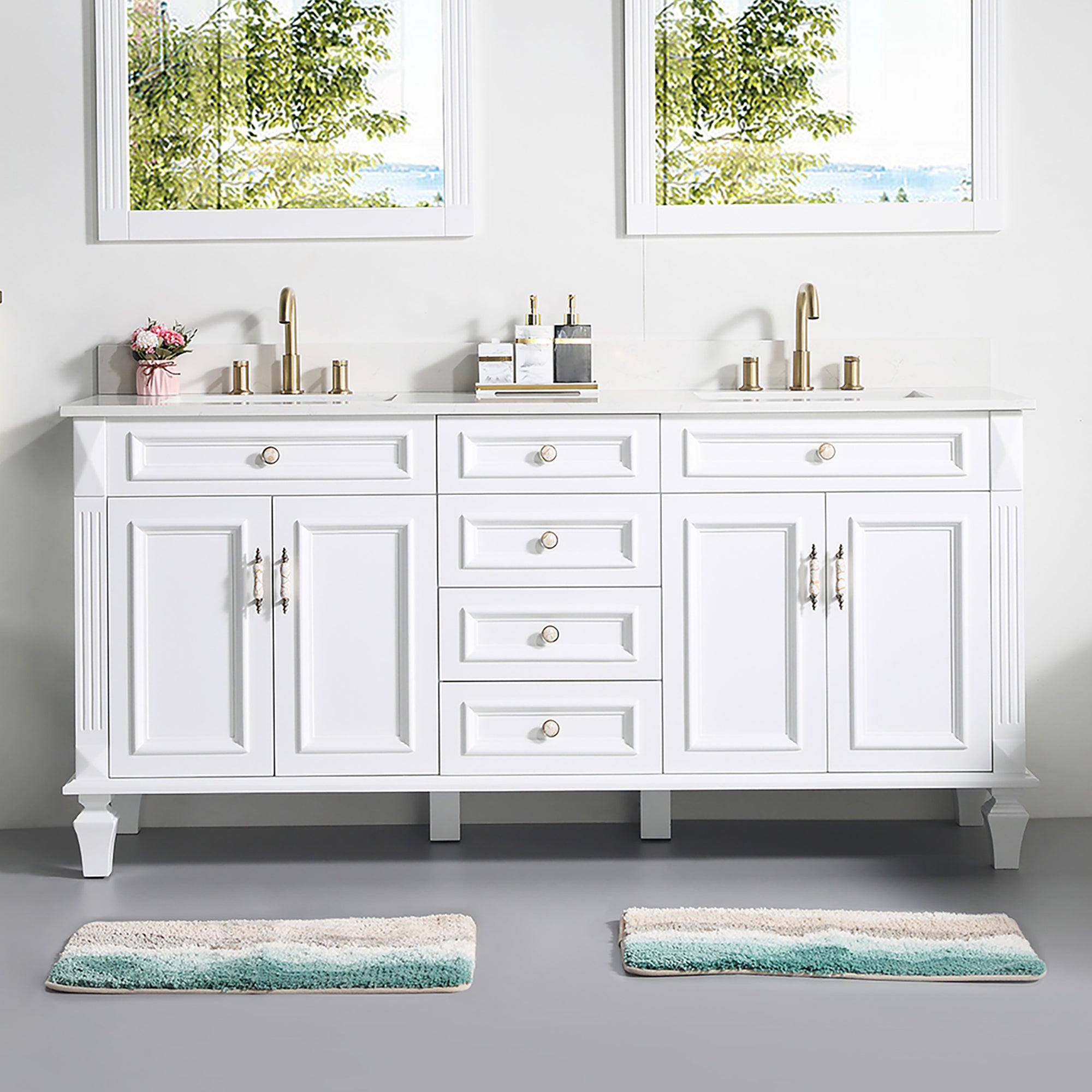

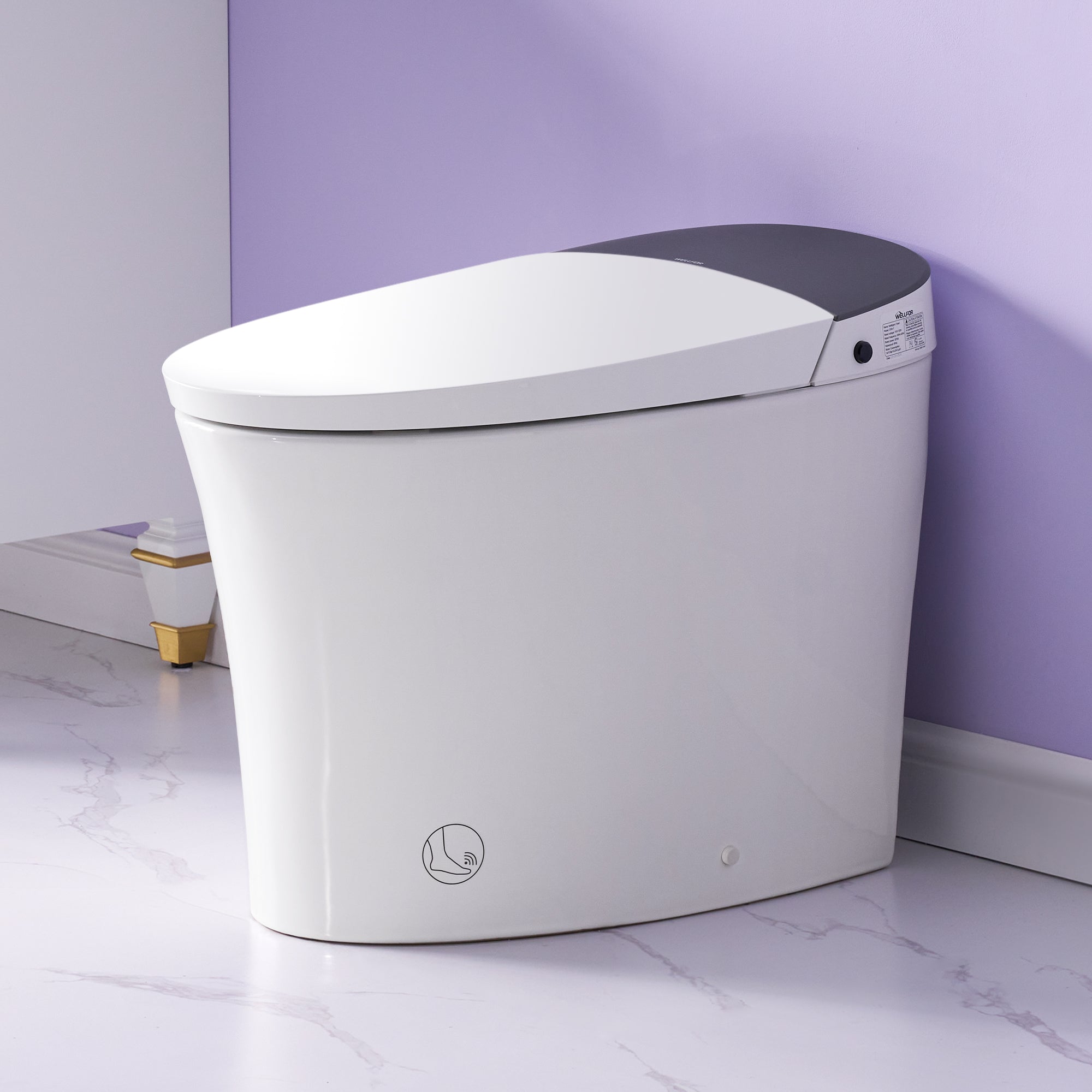
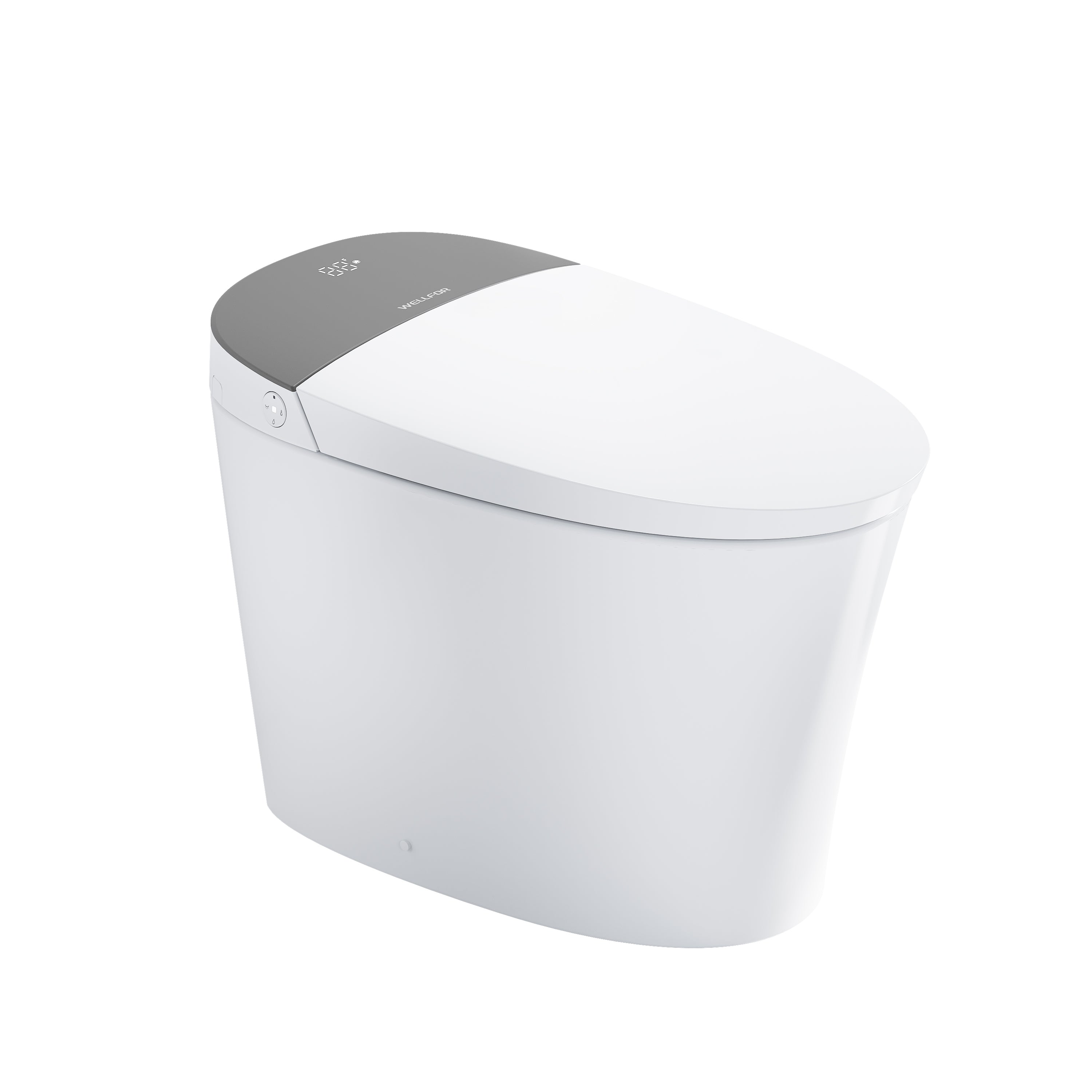

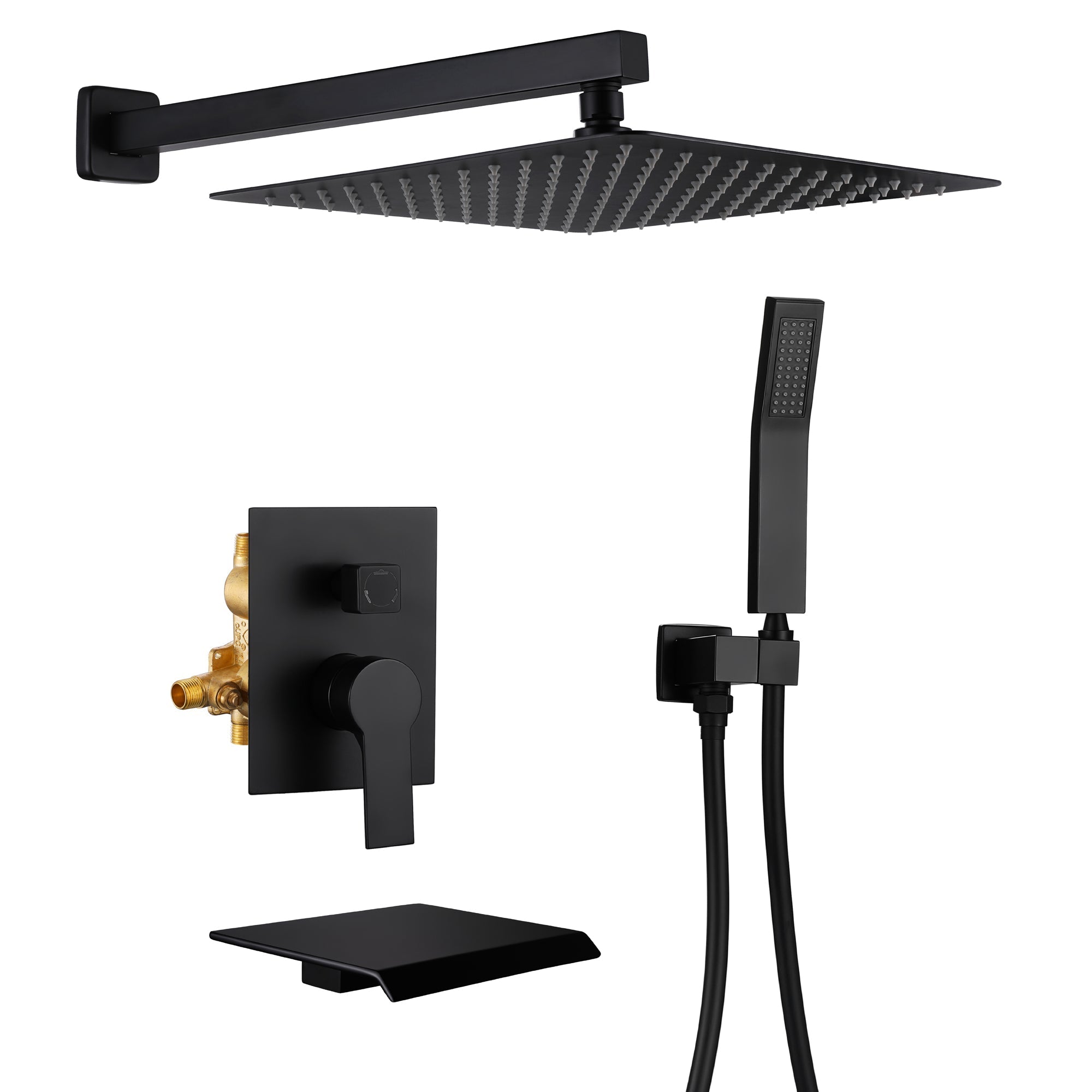
Leave a comment
This site is protected by hCaptcha and the hCaptcha Privacy Policy and Terms of Service apply.